|
This article contains affiliate links
What are Propagators?
Propagators are compact incubators for raising seedlings in an optimum environment. They typically consist of an under tray filled with a growing medium and a transparent cover. In essence this creates a miniature greenhouse which lets light in but retains moisture and heat.
Propagators consequently provide a perfect, sheltered germination and growing environment for young seedlings. Typically propagators are about a square foot in size and made of plastic. They will often have ventilation slots to allow fresh air in and condensation out on hot days. Propagators are particularly in need when it is early spring and night time temperatures are too low for germination. This allows the gardener to raise strong young plants ready to plant for when the weather warms up. They also protect young plants at their earliest and most vulnerable stage of development from pests. Propagators come in a wide variety of shapes and styles with some having inbuilt thermostats and heating. Germinating seeds
Germination is the natural process whereby seeds begin to sprout into new young plants. If a seed is given the correct amount of moisture, oxygen, darkness and temperature enzymes within the seed start to activate. This unleashes stored energy inside the seed causing it to sprout.
One of the obstacles when germinating seeds is keeping the environment stable. At any point during this vital transition a seed can die if it loses any of the vital environmental factors. Things such as sudden frosts, dry spells or pests can stop a seed from completing germination. Hence there are great advantages to germinating plants in a propagator. The combination of stable growing environment and shelter from outside threats make them perfect for the job. The purpose of a propagator is to germinate and then grow plants on until they are large enough to handle. Young plants can then be potted up until so they can grow on to reach their desired size. Best soil for propagation
The best soil for propagators is one that is light and fluffy buy will firm down without compacting. You want your propagators soil to retain moisture but not be sodden. You don’t want the soil to be to nutrient rich and you want enough air spaces so roots can easily develop.
The best soil for this can be found by searching for a seed sowing or potting mix. You can buy these readymade or make your own. To make your own mix two parts sieved compost with one part topsoil loam. You can use fine compost if you wish the bottom line here is the structure should be fine but not heavy. If you do use your own soil mix it may be a good idea to sterilise it first. This will get rid of any fungal spores or bad bacteria. This can be done by placing it in a bucket and pouring kettles of boiling water over it. Then it must be cooled and drained. Species selection
When sowing inside a propagator it’s important to consider what species you’re growing and if it’s suitable. Many propagators have quite shallow pot systems which are not suitable for every seedling.
Seedlings of larger plants such as beans and shrubs may find propagators too shallow and end up stunting the young plants. It is recommended that if a seed is much wider than 2 millimetres it may be too large for a small propagator. Furthermore if you sow any seed too densely within a propagator this can stunt a young plants growth early on. However for most annuals, perennials and herbs propagators are perfect for germinating at most times of the year. Seasonal timings
One thing that has to be perfected when growing in propagators is the correct timings of sowings. It is very typical to sow some warm loving plants too early.
This can mean potting on and then having a long wait until they can be planted outside. This is especially true of things like chillies and tomatoes. This is less of a problem if you have limitless space inside your home or greenhouse. The latter however is rarely true so having a good knowledge of the likely last frosts in your area is beneficial. If you have a greenhouse try to have an idea of what time the night time lows are inside. This will enable you to sow in your propagator at the right time for the correct species. Moisture
The main aim of the propagator is to keep young seedlings moist. Too much moisture however can be catastrophic to the cause. Seeds can soon succumb to fungal infections or simply rot in the ground with too much water.
Some propagators come with drainage holes and a water tray underneath. This is the best scenario as it makes watering easy to manage. Some basic propagators do not have drainage holes. In this case you want to water very lightly to ensure no water logging. In both scenarios you should fill the tray with compost and firm it slightly. Now sow seeds then flutter just enough potting mix over to cover the seeds. With a watering can nozzle water the tray for a second and let the soil settle. This should be moist enough to get the seeds started. The soil should be just damp to the touch but not wet. After a few days check the soil, if you need to add more moisture mist with a spray bottle. Temperature
The perfect temperature for seeds to grow in a propagator is between 15 -22 Celsius. However it is important to realise that in nature day time temperatures fluctuate quite a bit.
The temperature can be wildly different at 3am as in the same location at 3pm. I would not obsess about the exact temperature as long as it doesn’t go below 8 Celsius at night and gets at least early spring light for as much of the day. Try to make sure the propagator is not in a location that is susceptible from extreme draughts. If growing very early in the season your seedlings may not get enough natural light. This is particularly true the further from the equator you are. If you live in the extreme north and south you may find your seedling growing leggy and bending towards the light. In such cases you may want to consider a propagator with the addition of UV grow lights. When to open the vents on a propagator?
All propagators have small open-able vents at the top or sides for ventilation. There are three general positions for the vents to be in; closed, half open and fully open.
The general rule of thumb here is when the seedlings have been sowed close the vents. This is to keep a moist and humid environment inside the propagator. This is important as some seeds simply need a day or two just to absorb water before sprouting. When the seedlings start to emerge from the compost it is good to at least open the vents halfway. This increases ventilation and reduces the risk of seedlings rotting. When most of the plants start producing leaves it is best to open the vents completely. If you start to have warm days with warm sunshine the entire top can come off to allow in air flow. When to remove a seeding from a propagator
The whole idea of growing in a propagator is to get germination complete quickly and efficiently. Due to a relatively limited amount of soil medium it is best to get seedlings potted on as soon as possible. If not you can find yourself with pot bound and stunted young plants.
This is however a complete balancing act plant on too early and you risk breaking the seedlings. We usually find if a seedling has a full second set of leaves and is easy enough to handle it is ready. It is worth noting here that seeds sowed very close together can result in weaker plants. If you try to sow as thinly as possible each plant should become robust faster. There is an element of experience and intuition when knowing when to remove a seedling from a propagator. Sterilising a propagator
It is a good idea to sterilise your propagator after every time you use it. This can be done by washing thoroughly with hot soapy water and a scrubbing brush. When you have finished rinse with clean, cold water.
Standard propagators
Commonly you will be using a standard propagator with no heating of any sort. The warmth produced by the sun’s rays is usually more than enough for successful germination. We have listed some standard propagators available on Amazon below.
Heat mats
Heat mats also known as propagation mats are designed to sit underneath propagators and pots. As the temperature of the air is generally warmer than the soil a method to heat it is beneficial. Heat mats are the perfect way to get your seedlings to sprout with ease. Even in the winter months if necessary.
Heated propagators
A heated propagator is fundamentally a propagator with a built in heat mat at the base. This when plugged into an electrical source will gently warm the soil to an optimum germination temperature.
A good electric propagator will come with a sensor system to monitor soil temperature. Acting as a thermostat this will automatically turn the propagator on and off to maintain a constant temperature of around 15 Celsius. We have put together a selection of these for you below. Propagators with lights
Propagators with lights come in two separate categories; Ones with built in lights or buying separate UV grow lights and creating your own system. The ones with lights already build in are extremely usefully especially in colder climates. Here you can provide your seedling with that extra boost earlier on in the season.
You may wish to create your own propagator with lights system by buying both separately. The benefit with this method is potentially creating an extensive germination area. This could be far more industrious than a typical window ledge set up. These large set ups can also benefit from reflected screens built from timber and metal foil. Propagator sets
One of the best ways to get started with propagators is by purchasing a complete propagator set. These usually come with a full step by step guide to set up and growing. They also can contain heating and thermostat systems as well as the propagator itself. We have put an example of some of these below.
Propagator tents
Propagator tents are exactly what their name suggests and consist of a tent with a foil inside for reflecting light. Some come with inner frames to stack seed trays and ventilation outlets. Some come as a readymade set up with lights and some are sold singly. We have linked to some here if you wish to extend your propagation areas.
Misters
Misters and spray bottles can be very handy accessories for propagators, we have listed some here.
How to make your own DIY propagator
For those of you on a budget there are a few different ways of making your own propagators. These can be small like typical propagators or eve up to cold frame size. You also have the option to create reflective sides to boost the levels of light and heat. We have embedded an informative video on how to do just that below.
Happy propagating
So there you have it! Pretty much all you need to know about how to use propagators. We hope you found this article helpful, if it did it would mean so much to us if you pinned it or shared it. This helps us to know we are writing helpful articles and helps us to write more. Thanks and happy propagating! Want to read another helpful article on growing in a propagator? We link to one here. Need more garden ideas? Check out our article on garden decor ideas here.
'As an Amazon Associate I earn from qualifying purchases'
3 Comments
This article contains affiliate links
Garden scissors are extremely usefully around the garden. Their primary functions are for cutting, clipping shearing and pruning green material. Garden scissors can also be used in the garden for more practical operations such as cutting twine and netting. The reality is the term ‘garden scissors’ means different things to different people.
Some simply believe garden scissors are just heavy duty kitchen scissors suitable for garden work. Many who are new to gardening simply look at one of five tools and ‘garden scissors’ is the only way to describe them. The five tools are Sentei scissors, Garden snips, Garden shears, Loppers and lawn edging shears. I regularly see this confusion so have listed all the tools people have described as garden scissors in the past. Heavy duty kitchen shears for gardening
Most of the time when people are searching for gardening scissors they really desire a strong pair of kitchen scissors. Just like most of the time a home gadget ends up being perfect for gardening duties.
Furthermore I have found heavy duty kitchen scissors very useful for gardening throughout the years. They are very good for cutting soft vegetation and cutting cloth and netting for the vegetable patch. I have left some examples of heavy duty scissors suitable for the garden here. Sentei garden scissors
These Japanese style scissors have been used for centuries in oriental gardens in the east. One of their famous uses was to trim and clip bonsai trees. The unique feature with these scissors is they allow you to insert more fingers into the grips.
This allows you to focus much more power onto a smaller cutting area. This also gives the operator more control over the cutting. Hence Sentei garden scissors are perfect for delicate and intricate trimming. Garden snips
Garden snips are more like a miniature version of secateurs than scissors. However these snips are capable of doing the jobs both of the latter do. The robust handles and spring mechanisms ensure durability and power.
Furthermore the thin and narrow blades allow the gardener to engage in more precise cutting. Garden snips are perfect for dead heading and intricate activities such as pruning climbers and topiary. We have left some links to varying types on Amazon below. Garden shears
It may be surprising to some that garden shears can be thought of as garden scissors. But to the untrained eye or people that know little about gardening I can see why they think scissors. Garden shears with their blades, handles and overall look looking similar to scissors do completely different tasks.
Garden shears are generally for trimming hedges and shrubs. These are much larger and robust tackling a greater thickness of green material. Check out some of the examples of these below. Garden pruning Loppers
Loppers are large pruning devices suitable for larger branches on shrubs or even small trees. They have the form of scissors but much larger with long cylindrical poles for extra leverage.
Loppers are perfect for trimming fruit trees and large soft wood. It is often quite surprising how much power they can generate and what thickness of wood they can cut through. Below are some good examples of loppers. Garden edging shears
Another gardening tool that can be thought to look like scissors is edging shears. With a scissor like motion these are perfect for cutting grass blades which stick out from the lawn.
These very distinct garden gadgets are also perfect for trimming around awkward obstacles and garden features. In recent times many have stated that garden strimmers can be used to edge lawns instead. However from personal experience these do not give as a refined edge as edging shears. Ironically scissors can also do the same job well but a little hard on the knees. We have included some edging shears available on Amazon below.
'As an Amazon Associate I earn from qualifying purchases'
This article contains affiliate links
Animal garden ornaments
As people have generally separated themselves from wild places we have grown a love for animals and nature. This can be seen in our love of gardening, wildlife documentaries and keeping animals as pets.
Sadly we most love some of the animals we as a species are directly threatening with extinction. Humans have always loved statues and sculptures of wild beasts since the beginning of time. The truth is we love the visual presence of these creatures close to us. Some of our most loved animal species make great ornaments and these can be amazing garden decor ideas. From traditional stone like statues to new more lifelike resin based examples. Animal garden ornaments are very effective garden decor. Orangutans
Unfortunately today Orangutans are increasingly rare. This impressive ape is native to South East Asia and recognisable by its reddish brown fur. People easily relate to apes as they are a familiar and similar species to our own.
This resin garden orangutan ornament is a very striking piece of garden decor that will provide a talking point for your family and friends every time. Gorillas
Gorillas, another great ape from Africa is just as impressive in statue and form. This species is recognisable by its displays of chest beating and mock charges.
From the central tropical rainforests of Africa gorillas are the ultimate example of raw power in nature. Also a close relative of humans and absolutely beautiful to look at this resin garden ornament will be the focal point for many years to come. Peacocks
When admiring the sheer beauty of the natural world few species come as close to the Peacock for supremacy. The males of these amazing birds from Asia have the most elaborate and dazzling mating display.
The huge fan like tail opens up to create a huge fan of colour with rather disturbing amounts of eye like markings. Many admire the beauty of this iconic bird which can make a truly beautiful garden ornament. Storks
Like Peacocks, Stalks are very handsome birds with long legs and snake like necks. Due to their tall and needle like stature they have a natural elegance which is hard to replicate.
These beautiful birds look amazing reflecting in a garden pond as they do in nature. Stork statues are amazing garden decor ideas with ornaments made out of metal being the most popular of all. Cats
Not everybody welcomes cats into their garden but no one can deny their sheer majestic excellence as a hunter. Cats are one of our favourite pets and for good reason!
These handsome little beasts have historically kept vermin species at bay and fun to watch. Cats have an air of grace about them and their general audacity and laziness is really quite comical. It is no wonder cat ornaments are very popular in numerous garden decor examples. Rabbits
Rabbits are less of a popular pet than cats but are still extremely loved by people of all ages. These lovely herbivorous creatures typically have large bodies with long ears.
They are naturally skittish and universally thought of as cute. Some of the large pet breeds are incredibly docile, fluffy, cute and lovable. It is no surprise rabbits are also very popular garden ornaments. Frogs
Often immortalised in Disney movies a children’s cartoons the frog has almost a cartoon like presence to it. Being an amphibian it is highly specialised but an extremely successful species.
Frog species stretch right across the globe and have done for millions of years with barely any change to their design. They are quite simply one of nature’s masterpieces. It is no wonder why we crave its aesthetics as an effective garden decor idea. Owls
Also an animal common in novels and popular culture the owl is a beautiful bird of prey almost ghost like in flight. Owls are thought of as extremely wise because of their sophisticated method of hunting.
These wonders of nature are another successful species across the planet and with good looks to match. Owls can also be a deterrent to pest species of birds such as pigeons which peck at crops and a general pest. Owls can make great garden ornaments whether life like replicas or metal sculptures. Lions
Lions are well known as the king of the beasts and for good reason. Their god like stare and awesome stature make them one of nature’s most feared predators.
Today confined to Africa and one small part of India this species used to inhabit most of the ancient world. Today due to habitat loss and hunting lions are critically endangered. Lions have been immortalised in human paintings and sculpture since the dawn of civilisation. It is no surprise that there are plenty of garden decor ideas which reference this iconic big cat. Deer
Deer are found all over the world and one of the most successful herbivorous mammals on the planet. They come in all shapes and sizes from knee height to taller than a man.
These graceful creatures are well known for their elegance and beauty commonly depicted many art works. Deer have also been popular in social culture such as Walt Disney’s Bambi. Deer can make the perfect garden sculpture or ornaments which are especially effective amongst garden foliage. Tortoise
Tortoises are universally recognised for their long history on the planet without change for millions of years. This rather remarkable looking creature which carries a protective casing around with it is an extremely popular with people.
For this reason in the early 1900’s tens of thousands were captured for the pet trade. This led to a huge drop in their numbers in the wild. As a result Tortoises were once commonly seen walking around peoples gardens during the summer months. Tortoise replica statues make beautiful garden decorations and will be appreciated all year round. Wind spinners
Wind spinners come in all shapes and sizes and are a fully mobile and exciting garden decor idea. Historically these spinners have been used to scare away pests from crops in the garden.
Most of the time however it is the alluring, circular and spinning motion which is attractive to the eye. Today there are many types of wind spinners which can make great garden decorations. Popular spinners include solar lights reflected through varying colour shades to spread a mobile display of colours at night. We have put together some of our favourite on Amazon here. Japanese garden décor
Japanese garden design is world renowned for its majestic beauty and effective use of natural elements. Japanese gardens are commonly planned within the energy guided principles of Feng Shui.
Japanese garden elements usually work on the idea of representing the natural world as a microcosm. For example upturned stones are portrayed as mountains and ponds as trees. This is really not surprising as Japan itself has such a strikingly beautiful landscape. Many western garden enthusiasts love Japanese garden decor ideas for the capture the rugged beauty of nature. Stone lanterns, garden bells, bridges and fountains are all decor elements in Japanese themed gardens. We have put some typical examples of these below. Religious garden décor
|
Archives
October 2023
Categories |
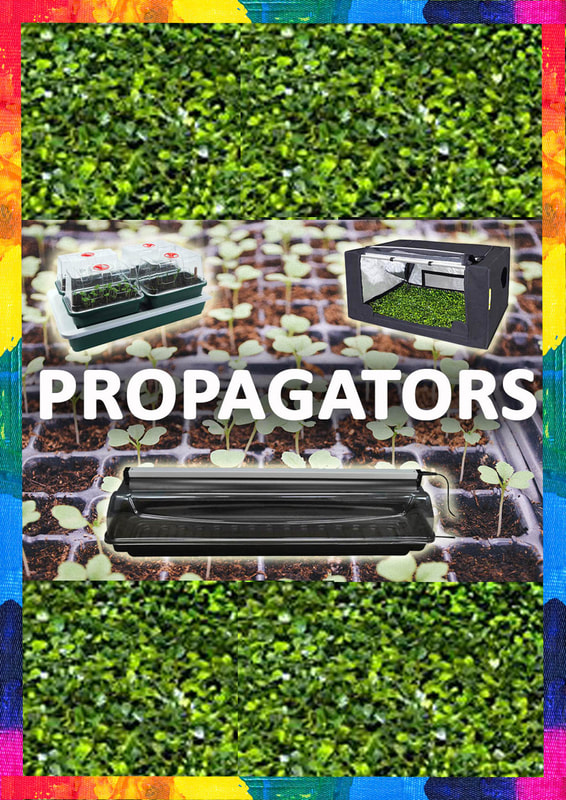
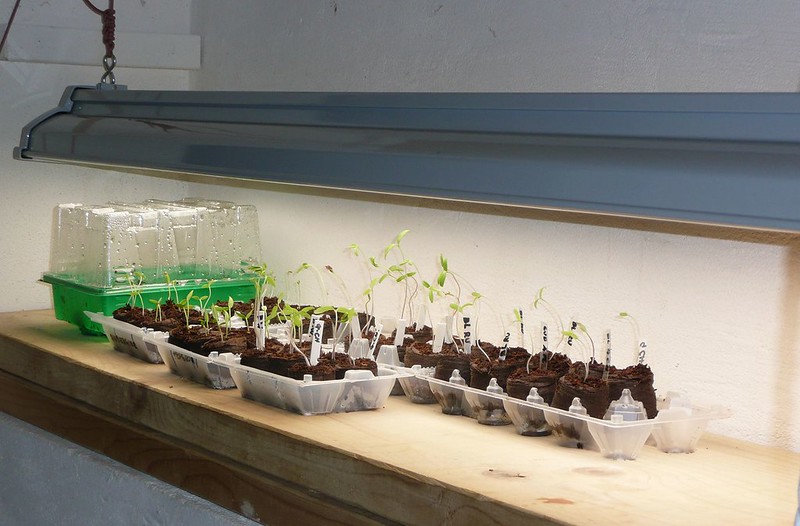
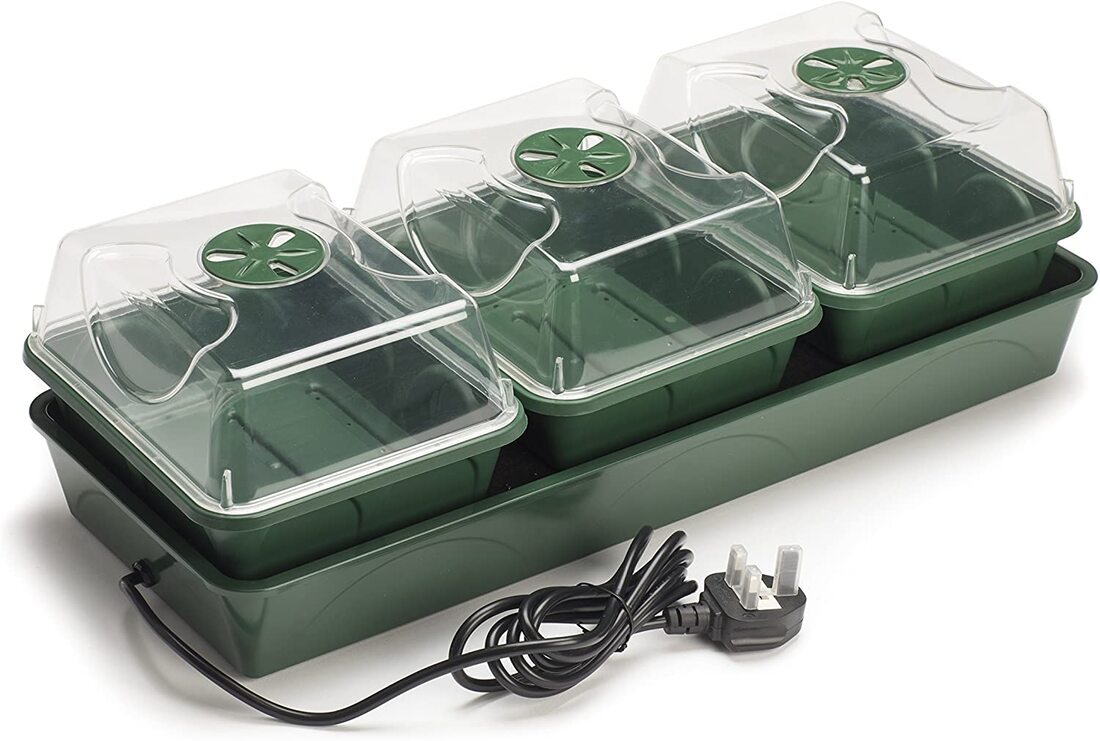
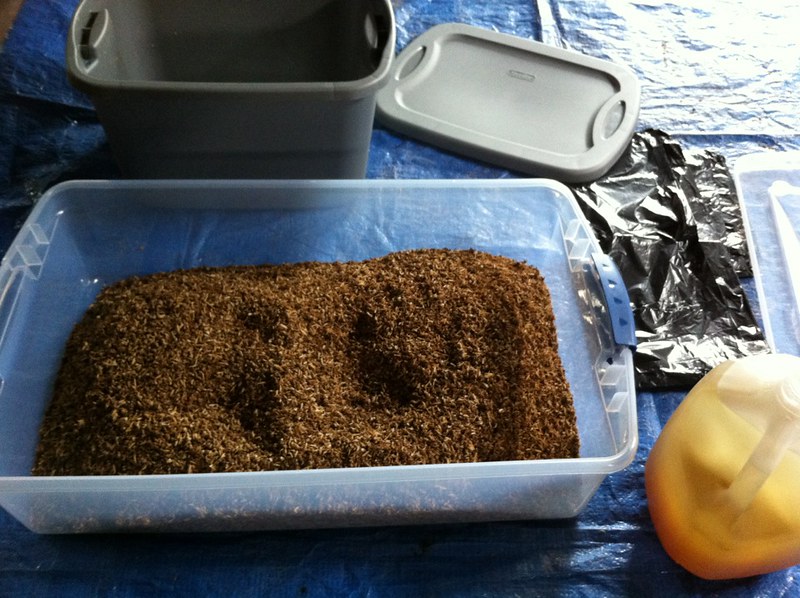
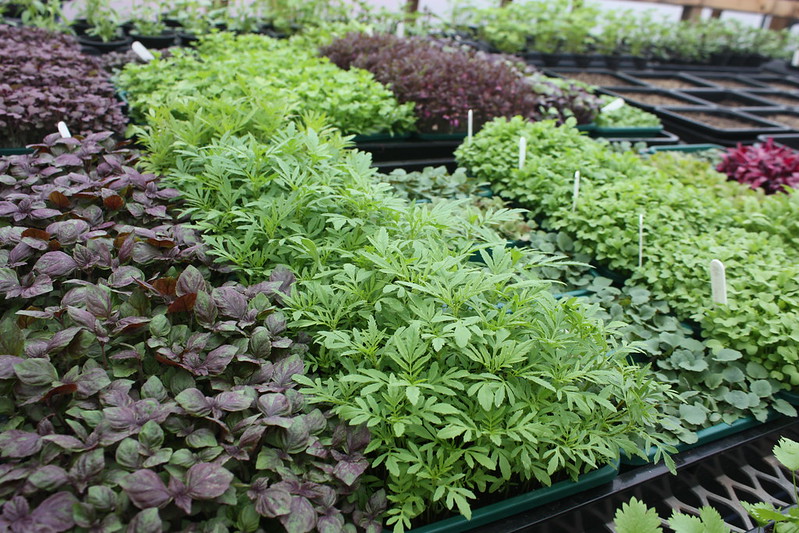
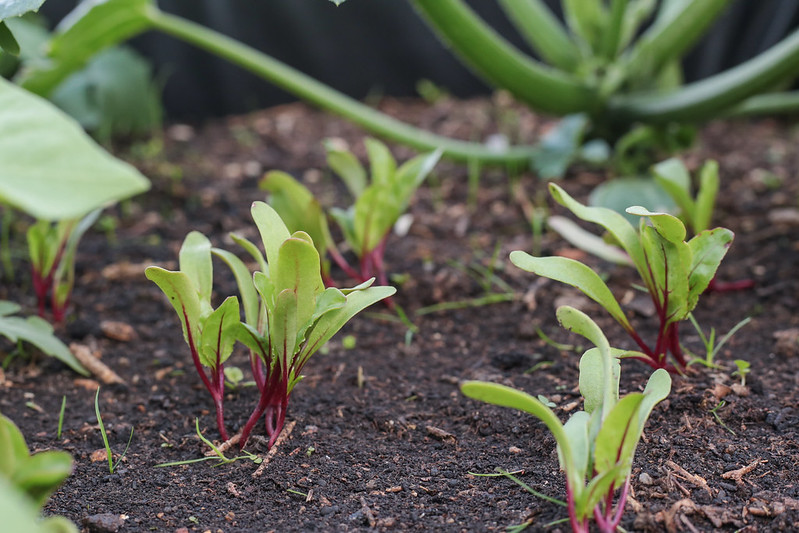
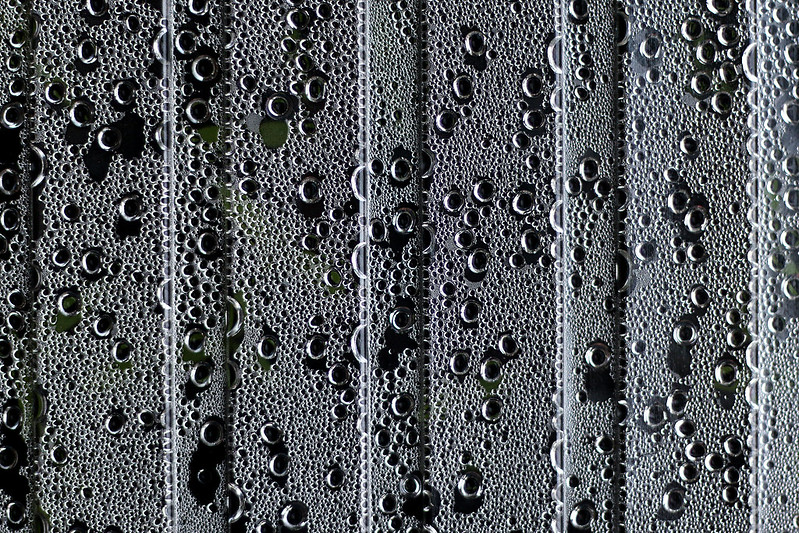
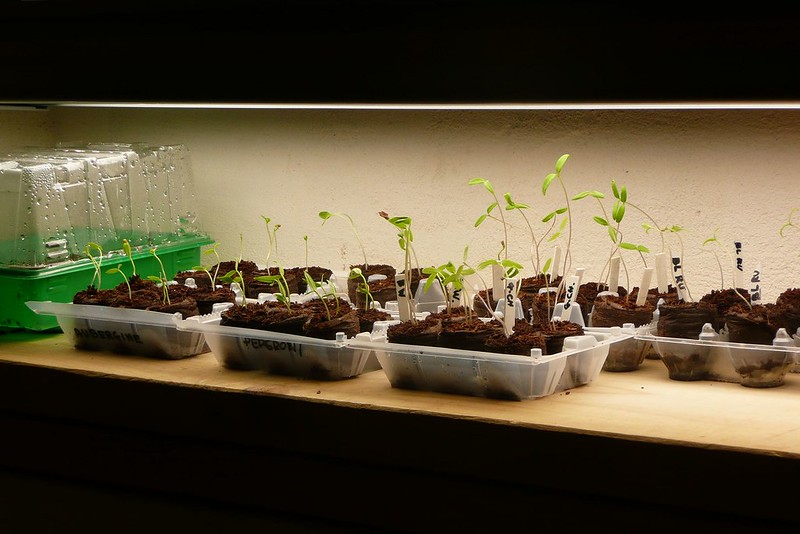
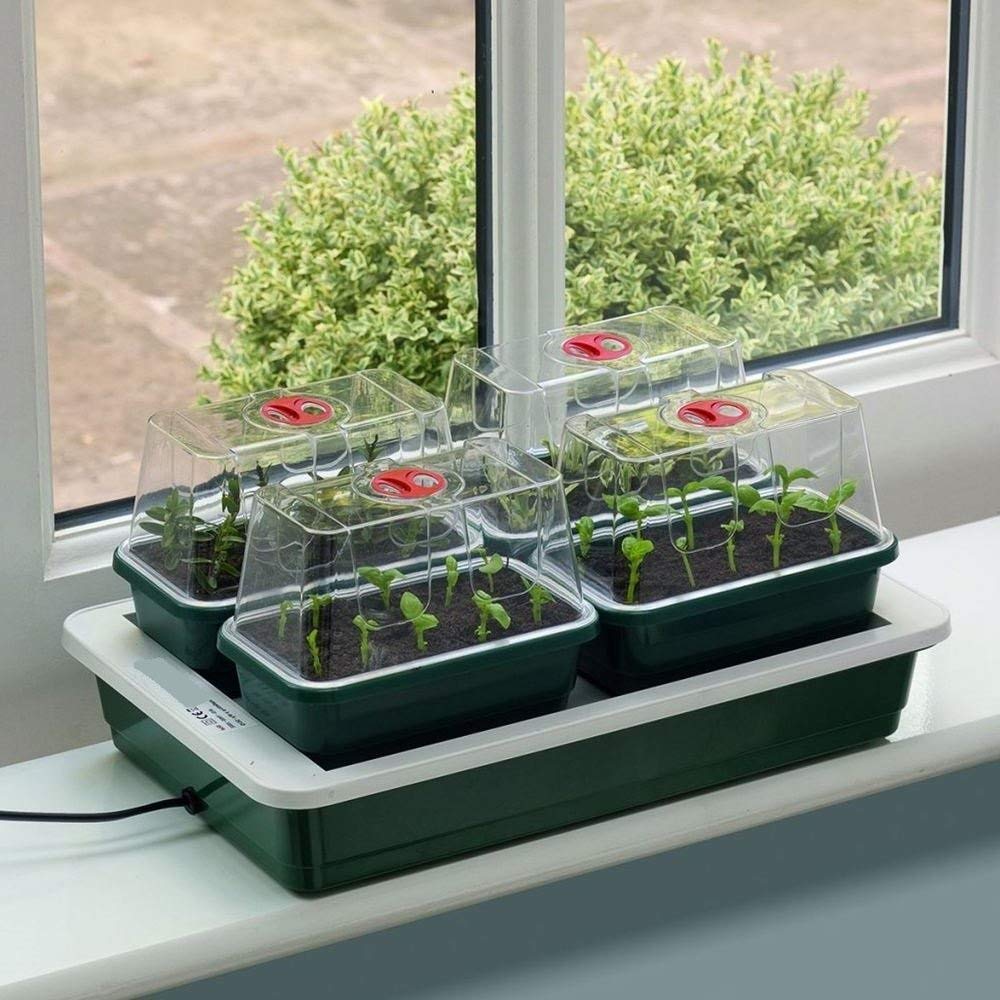
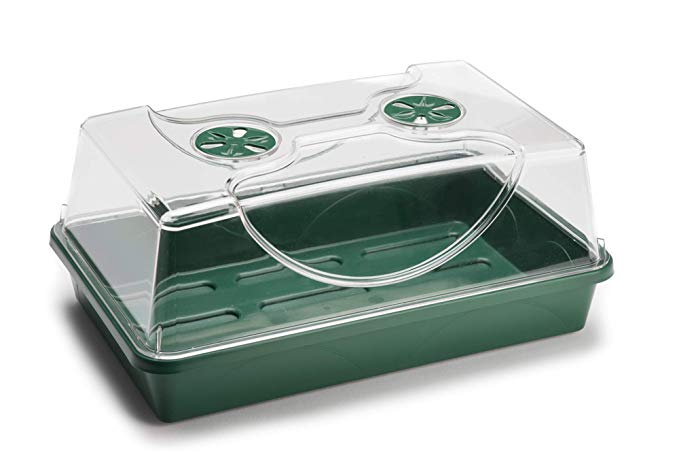


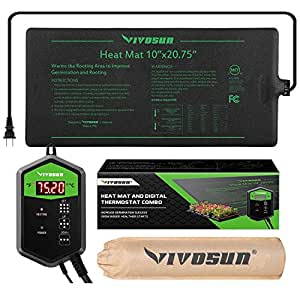


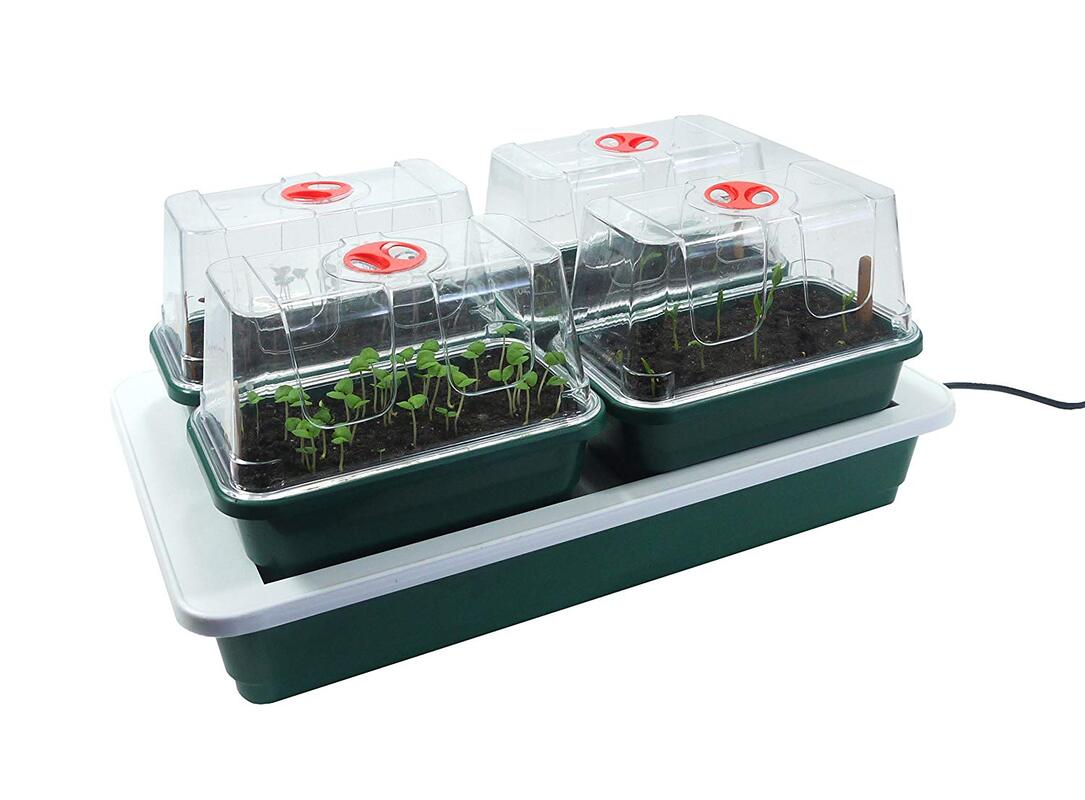


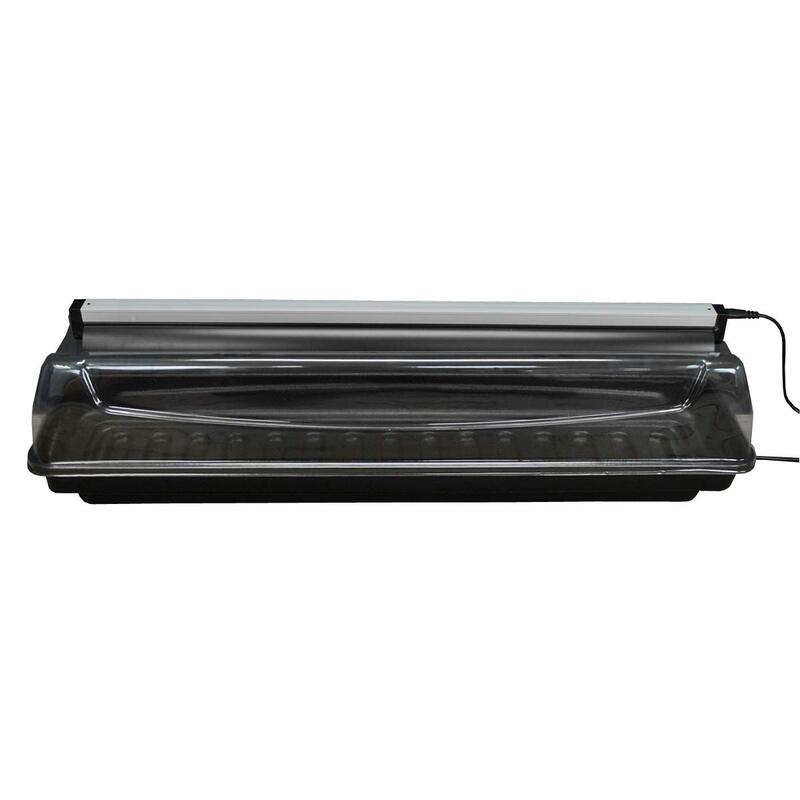





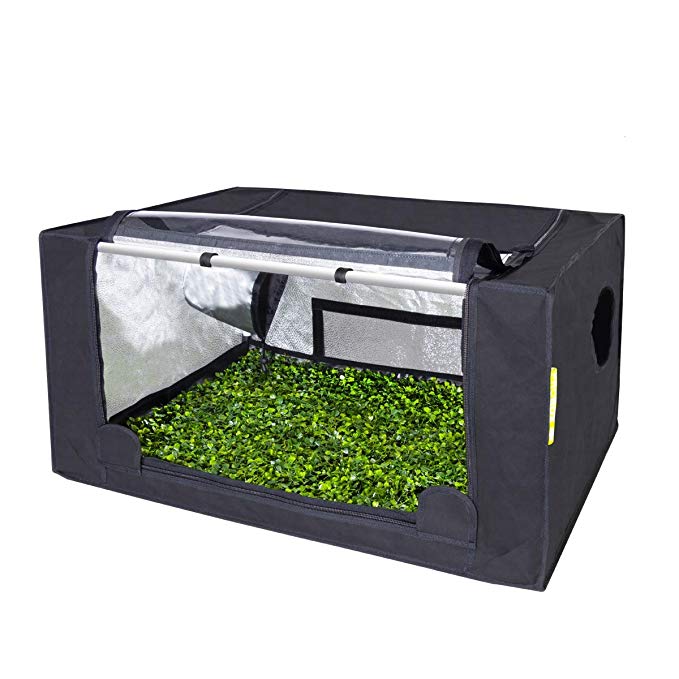


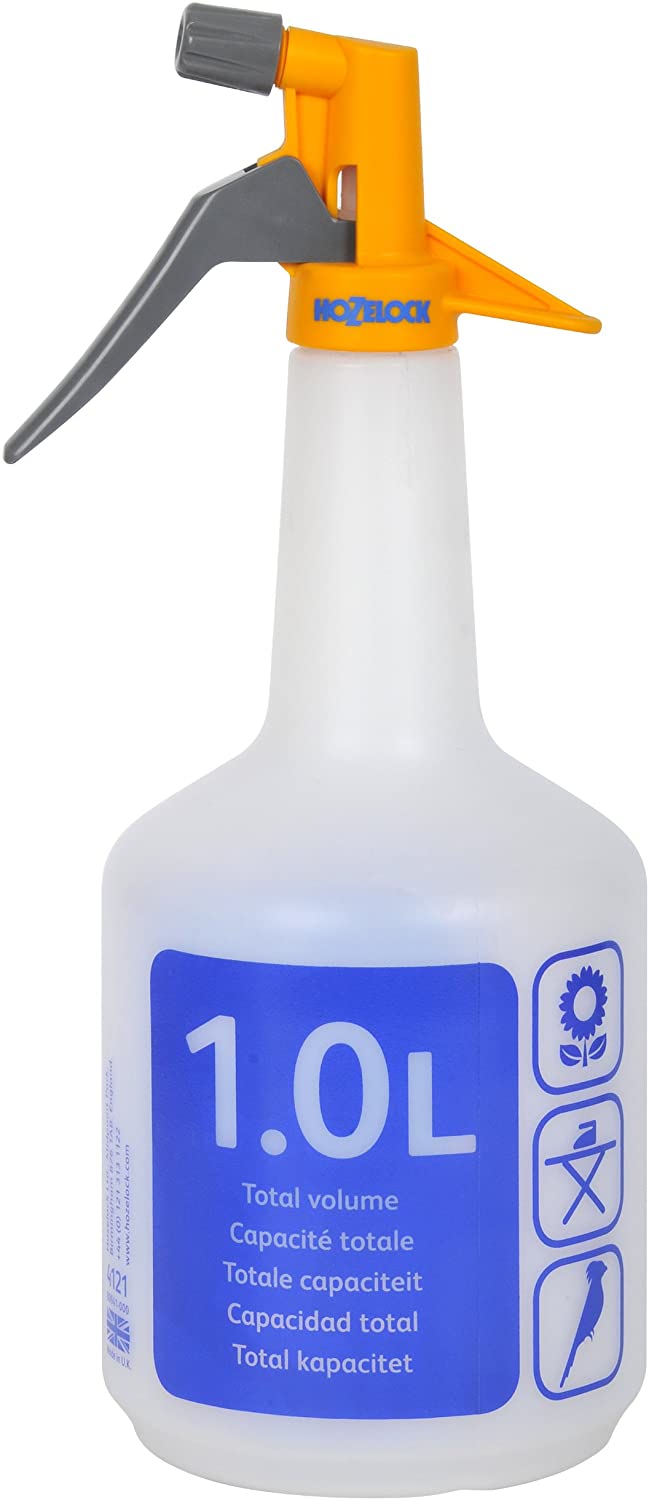


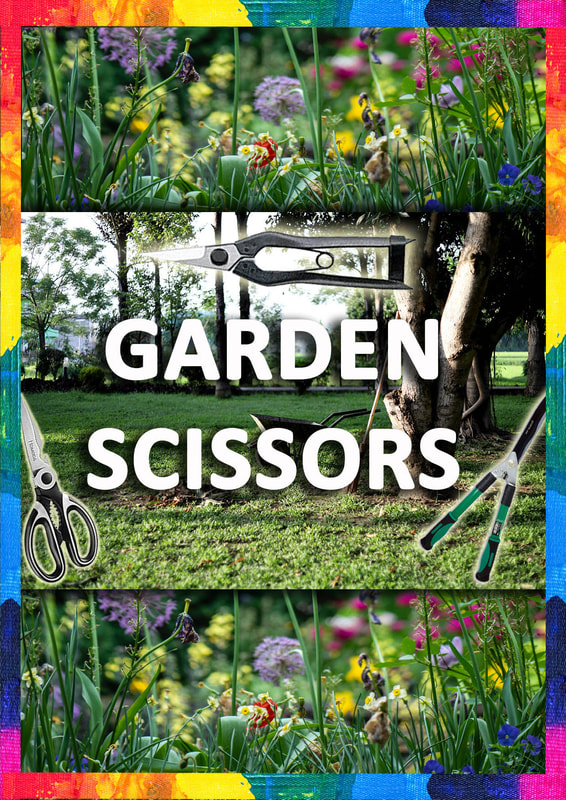
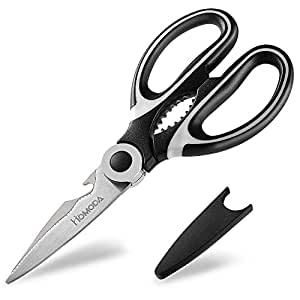


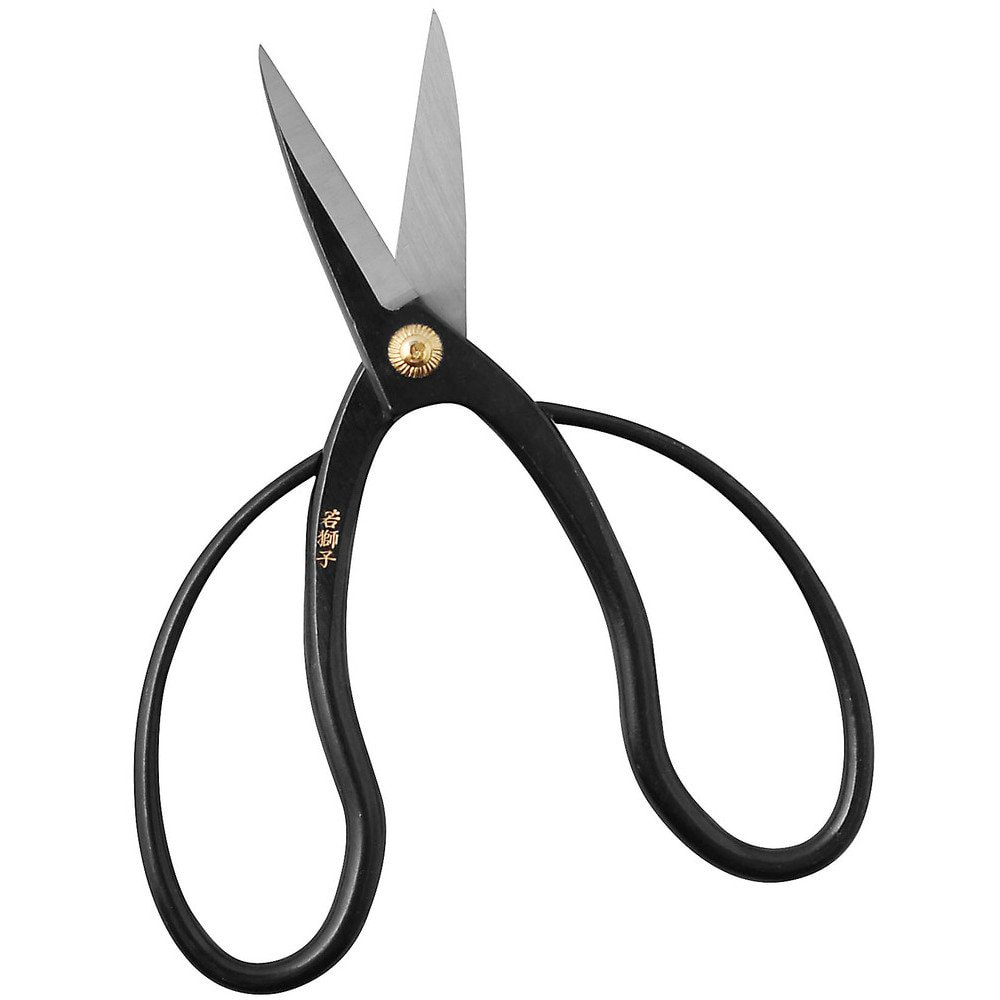


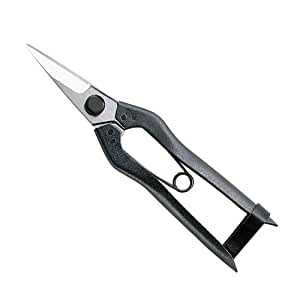


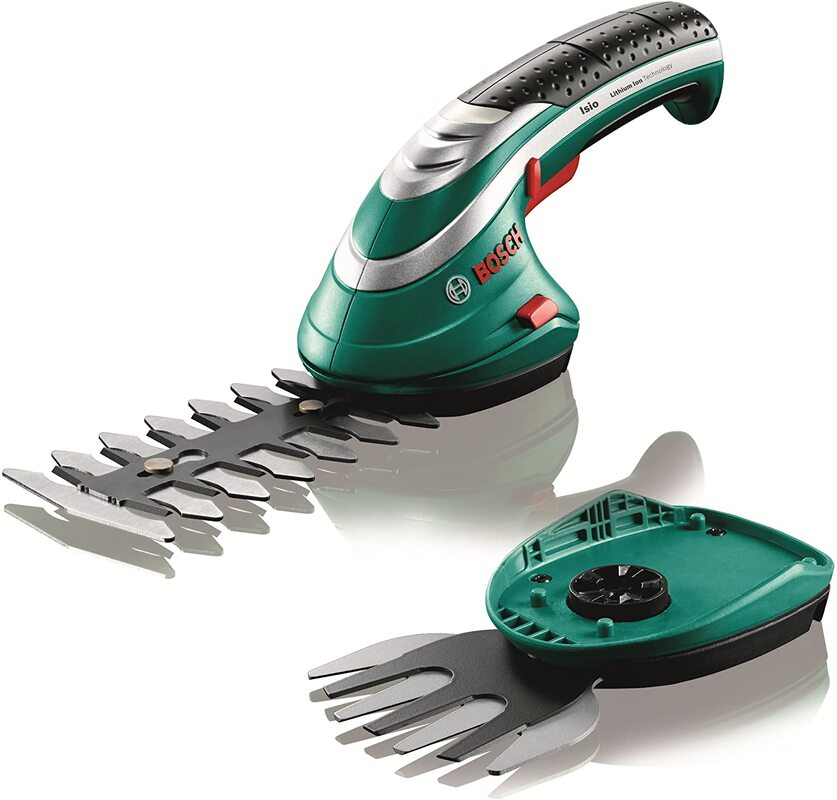


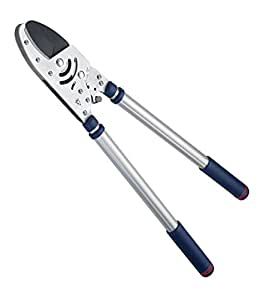


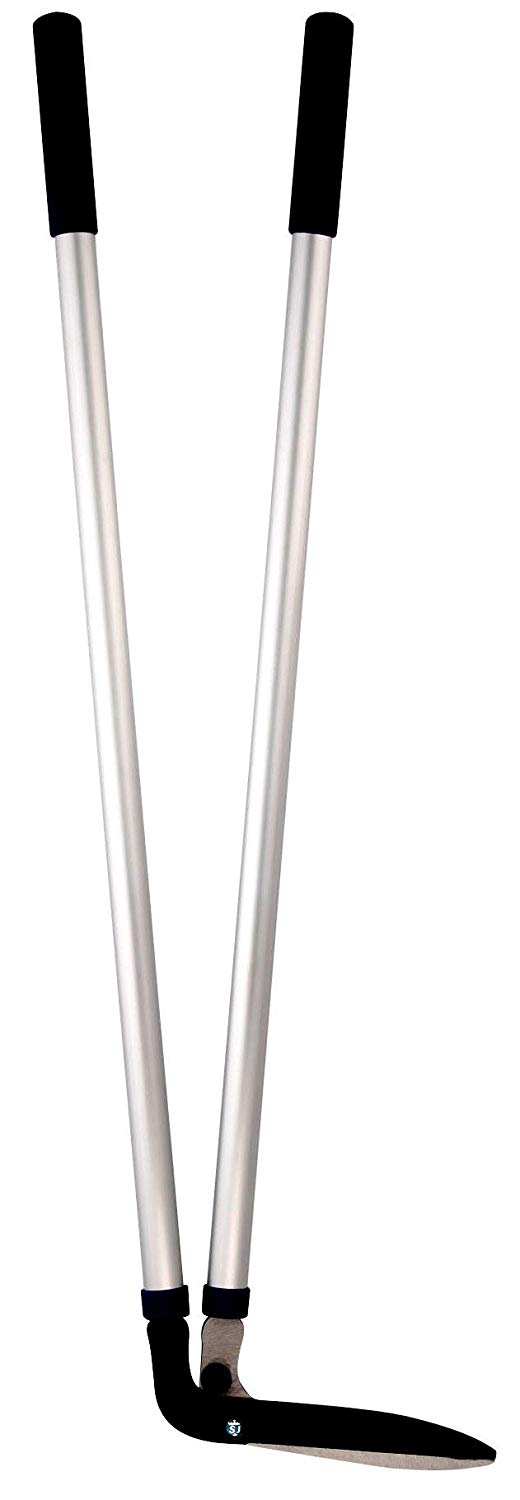








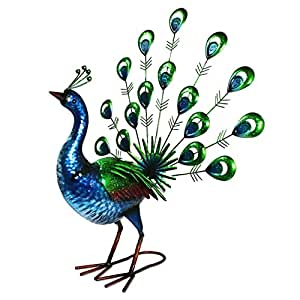


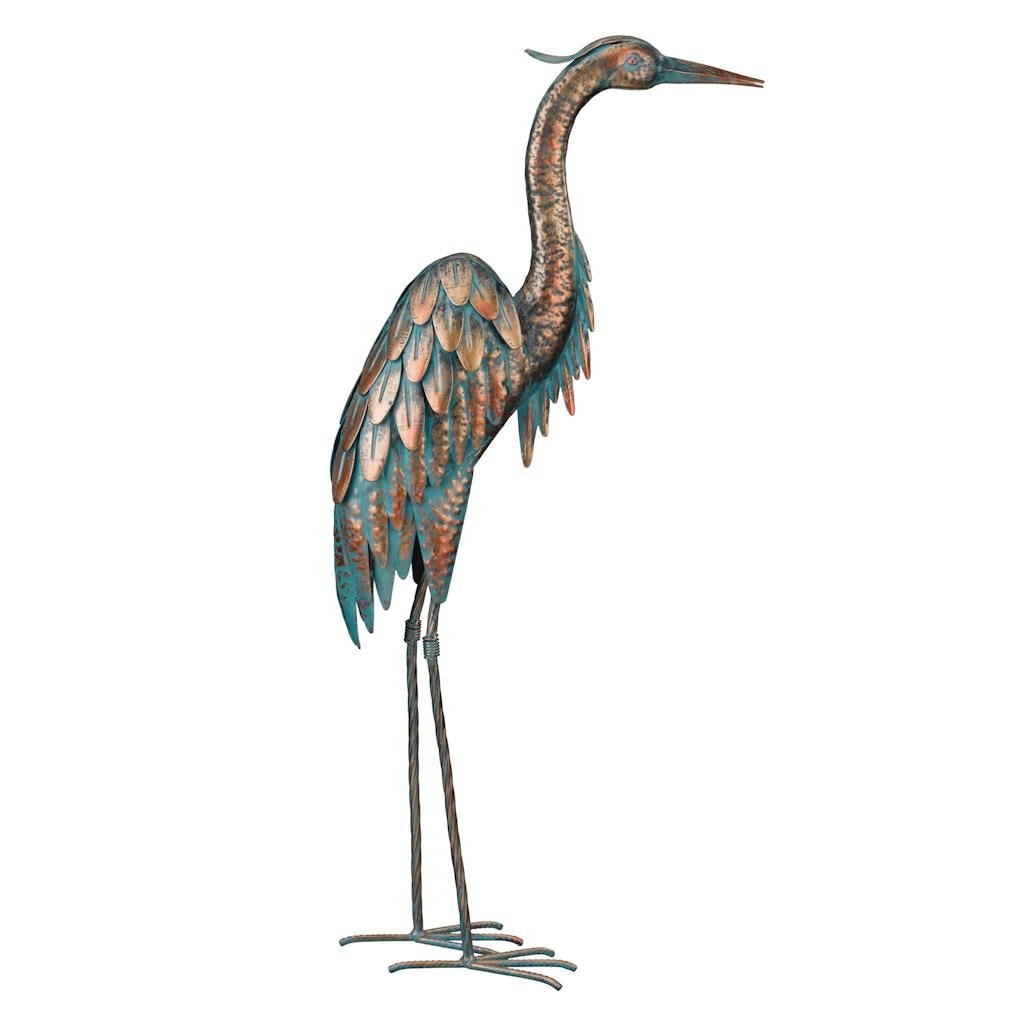


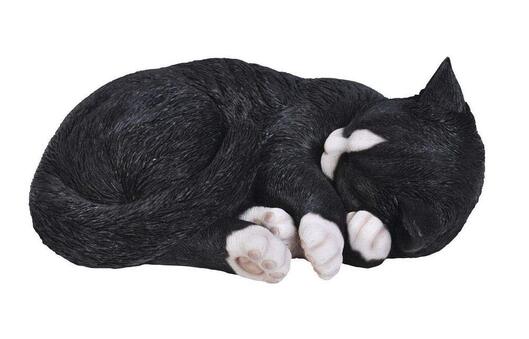


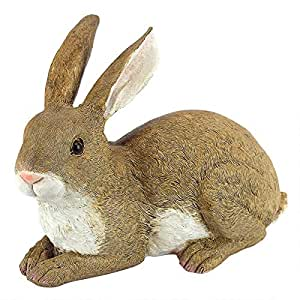


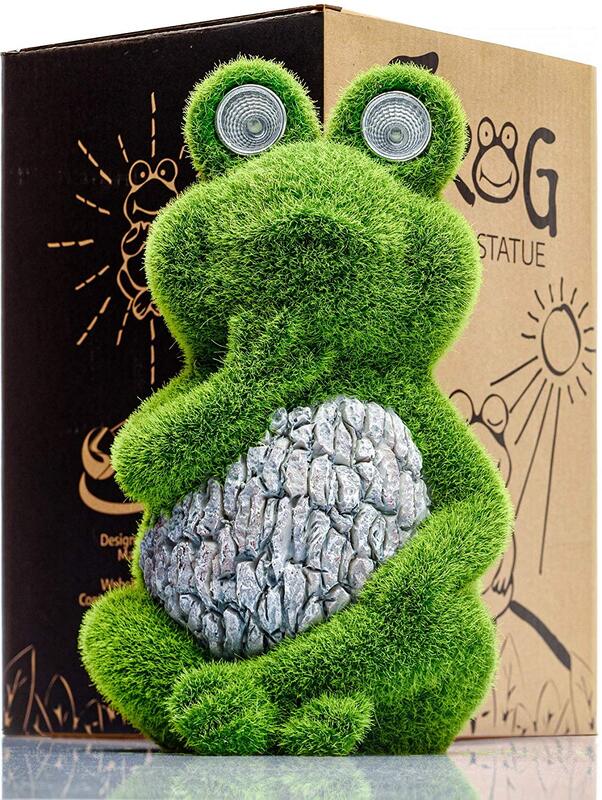


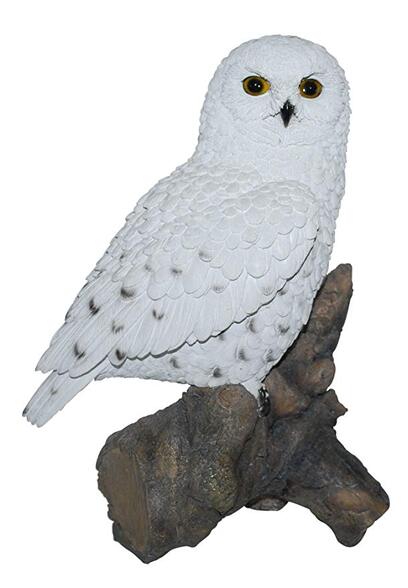


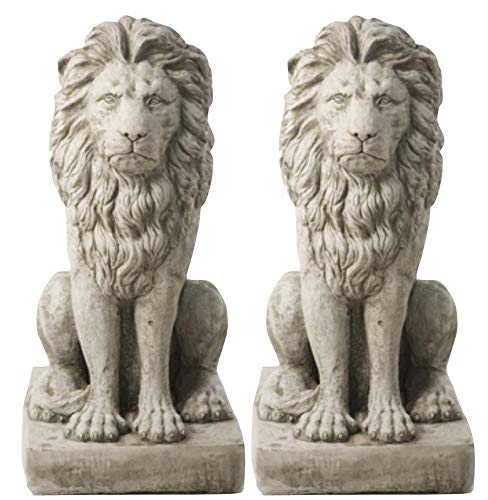


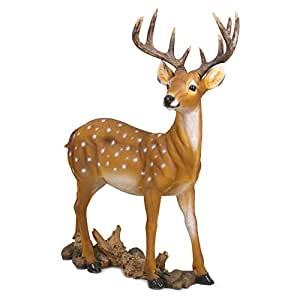


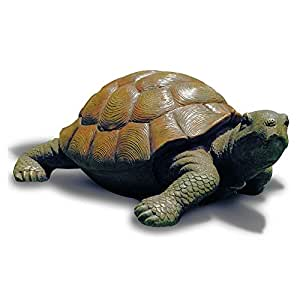


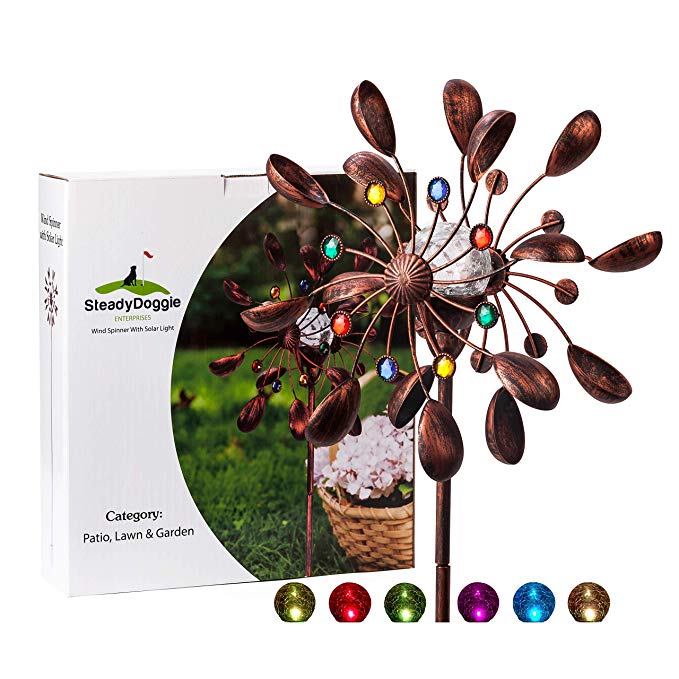


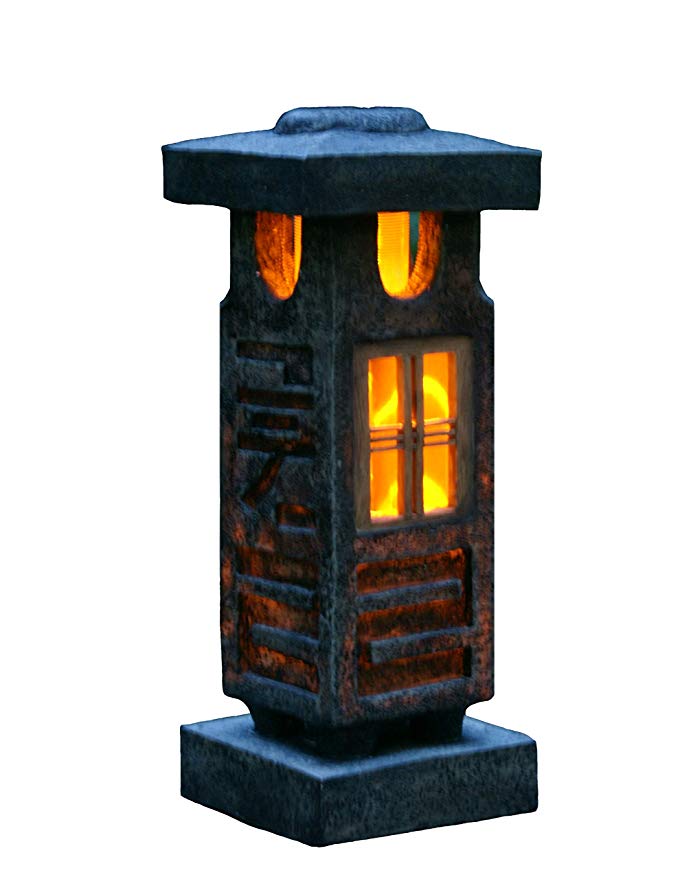


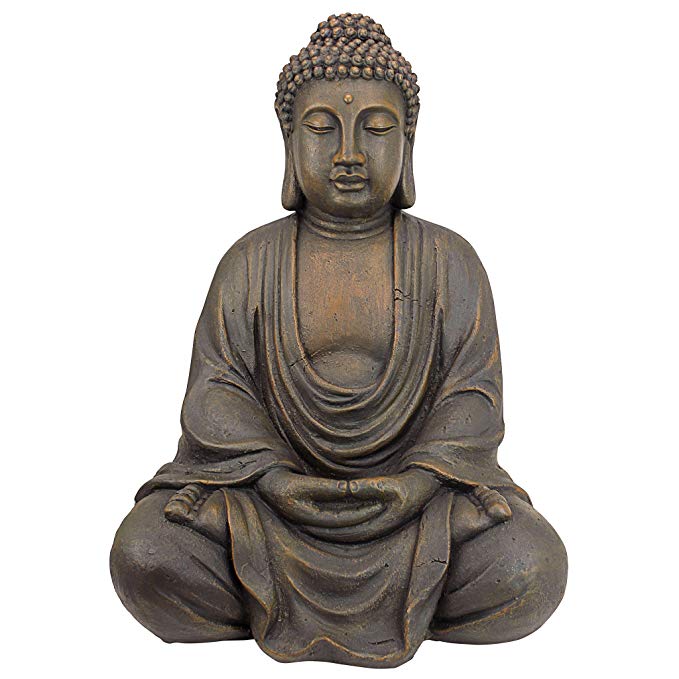





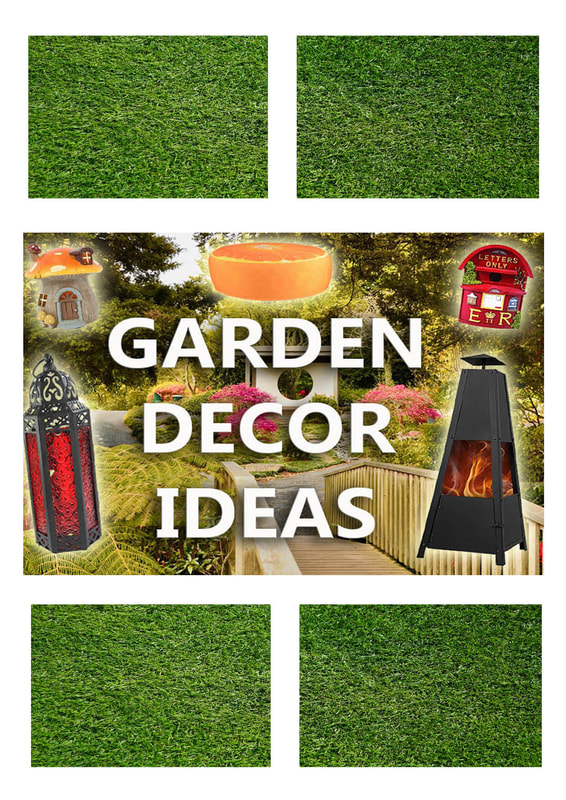
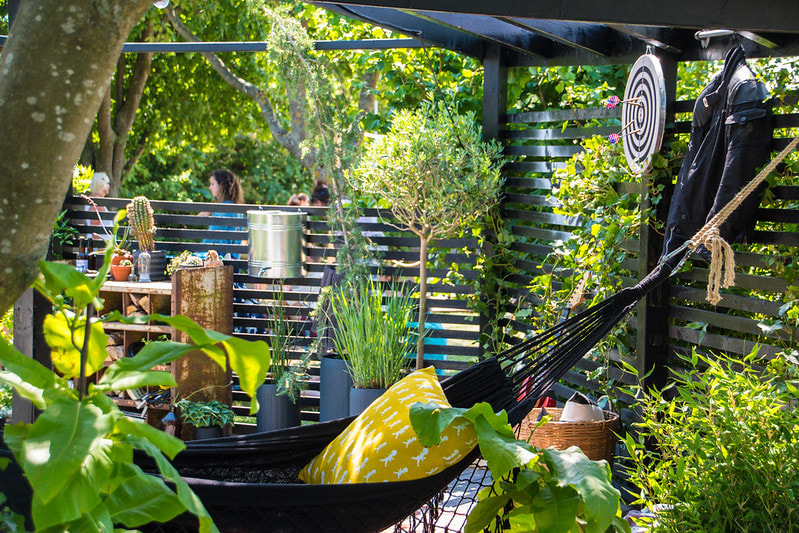
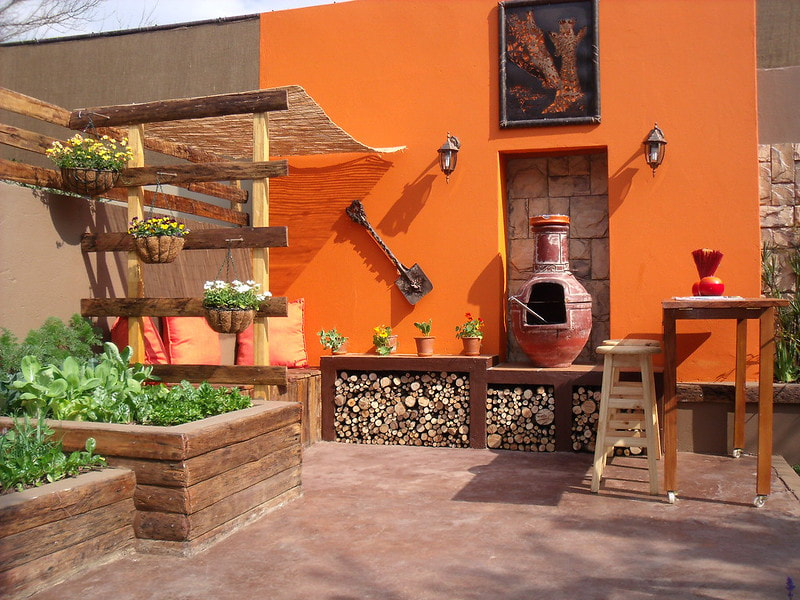
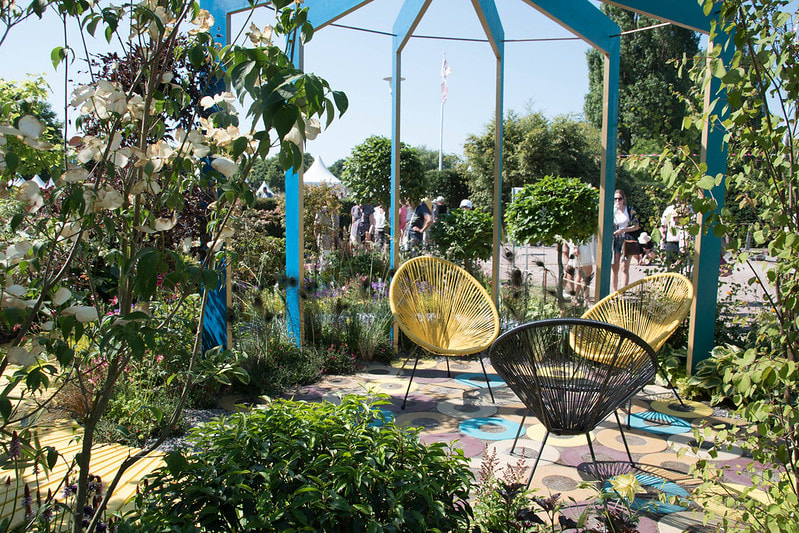
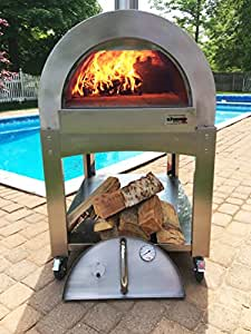


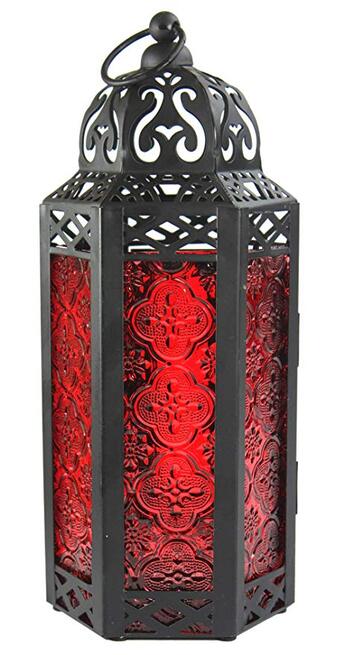


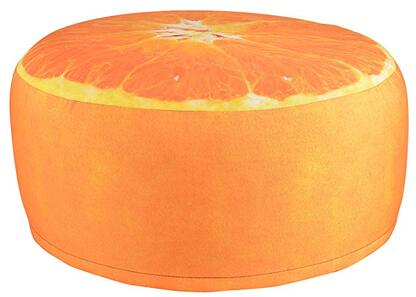


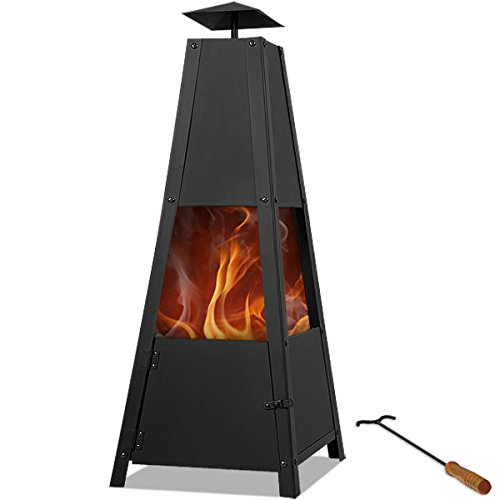


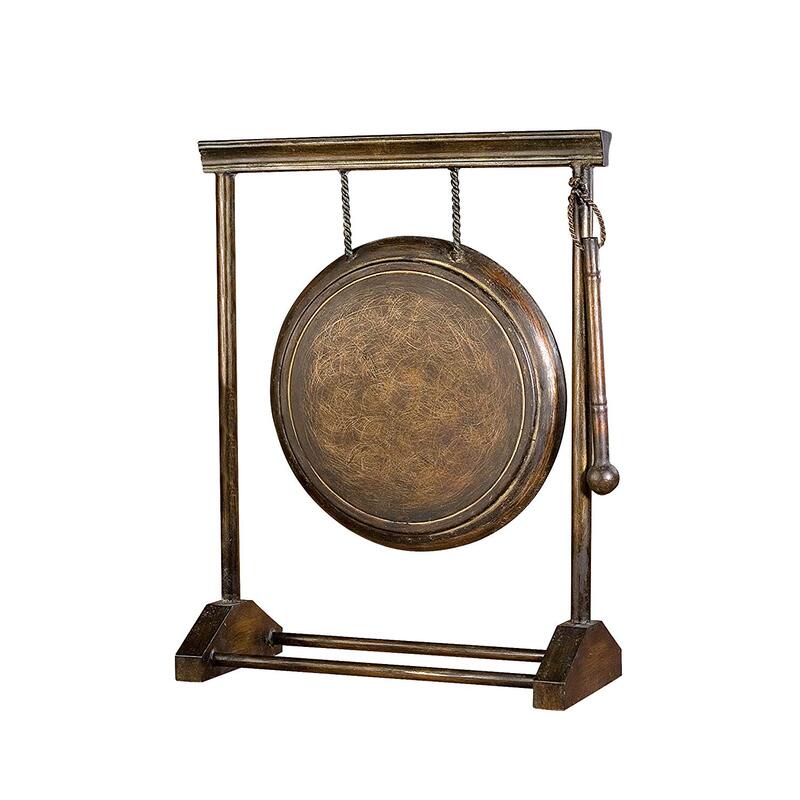


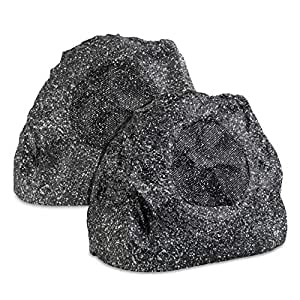


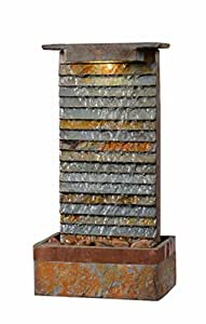


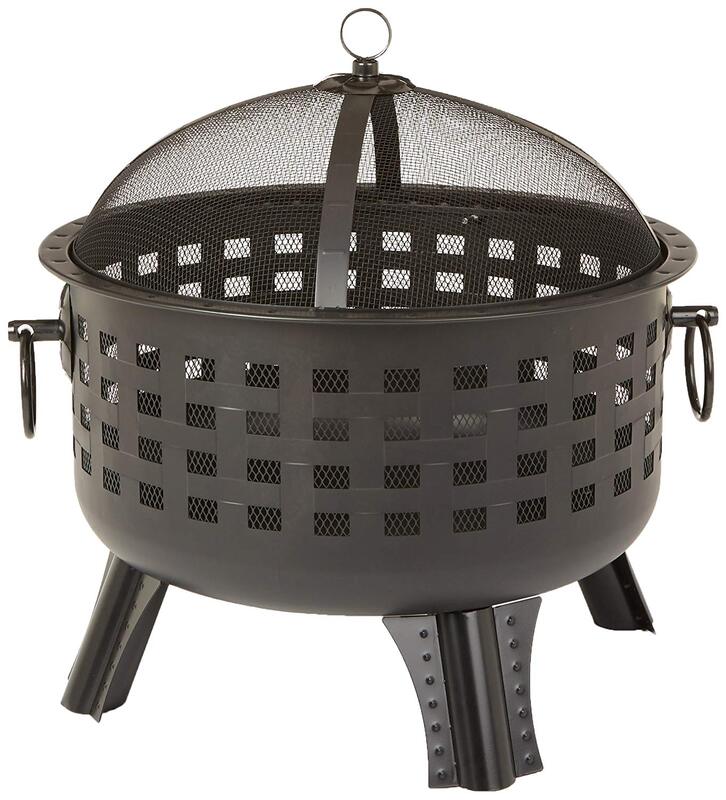


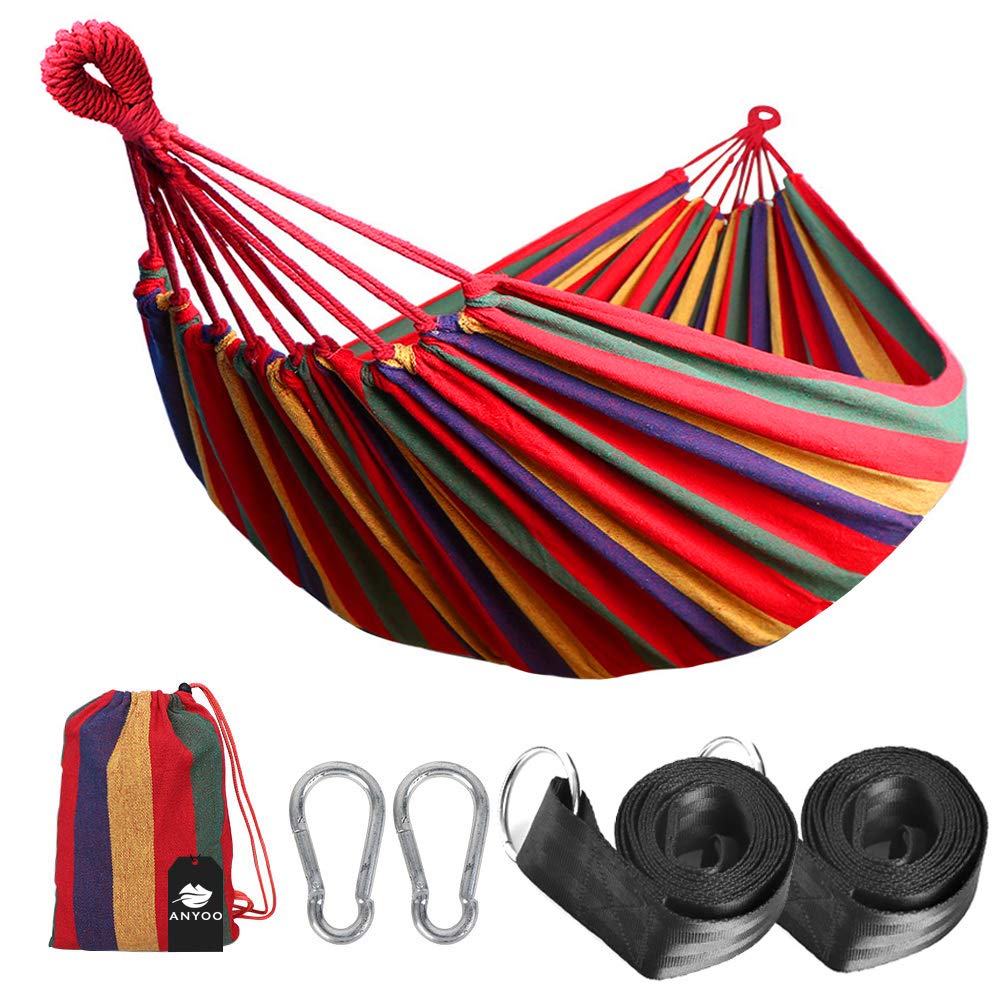


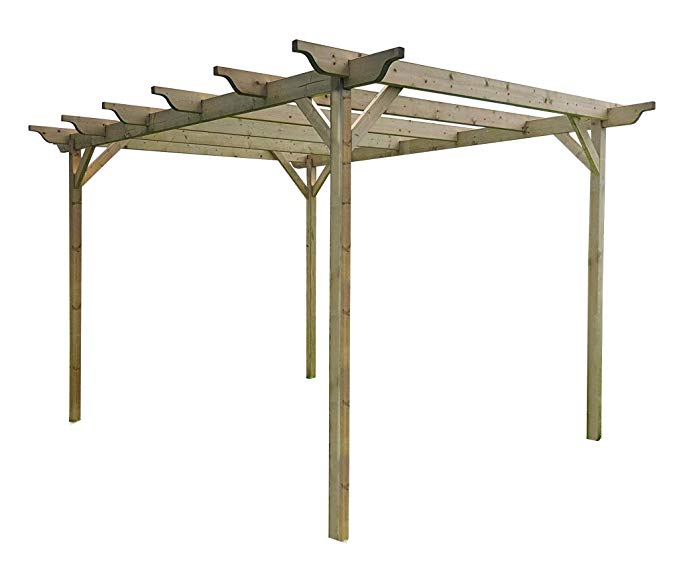


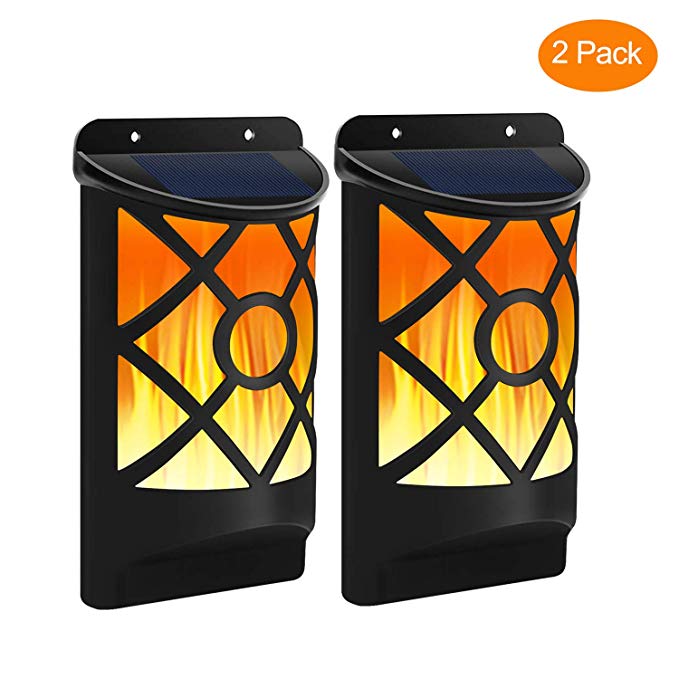


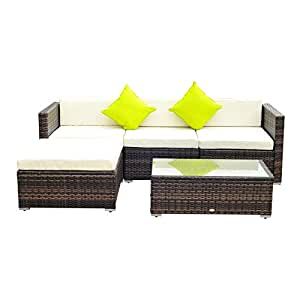


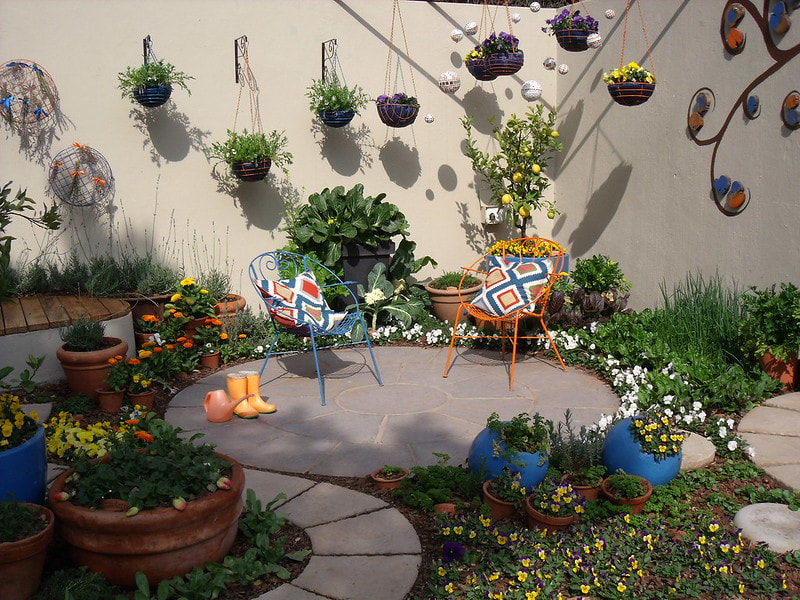
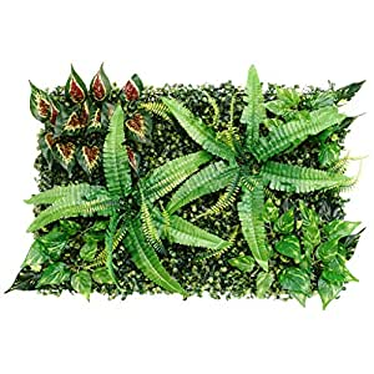


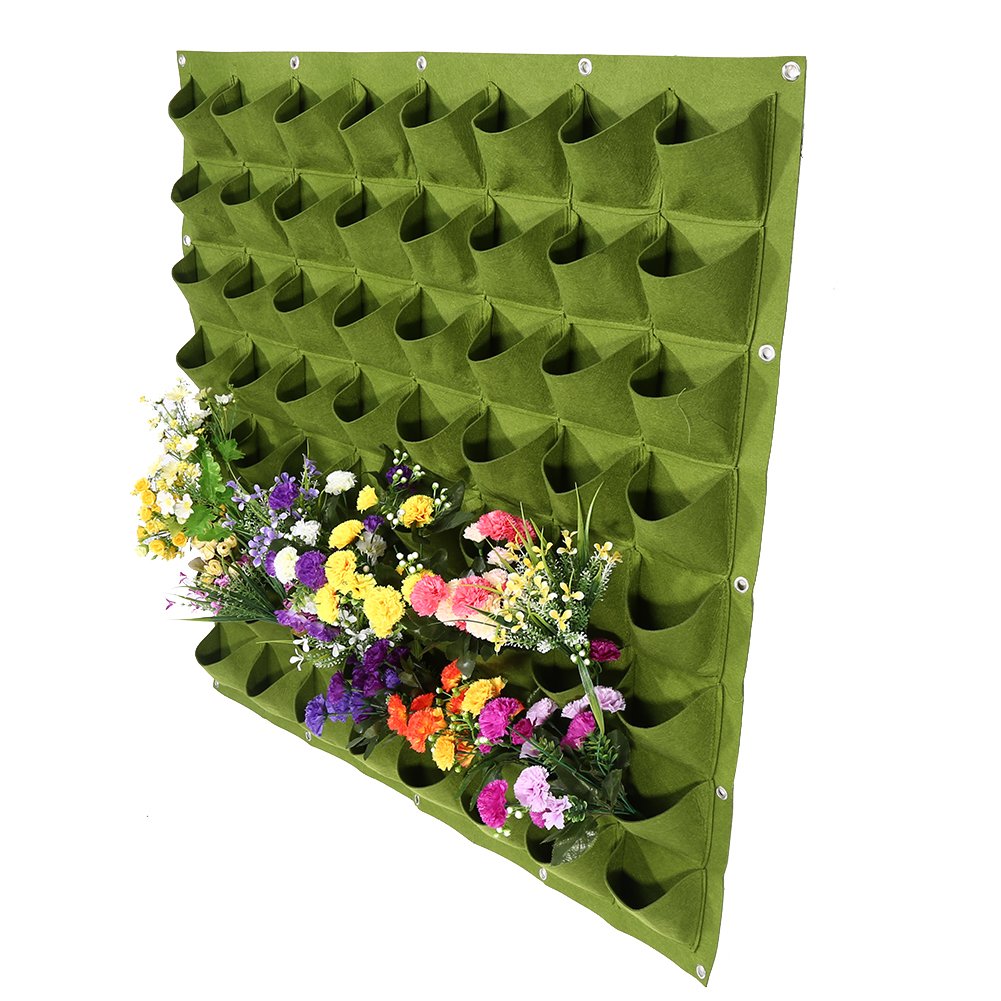


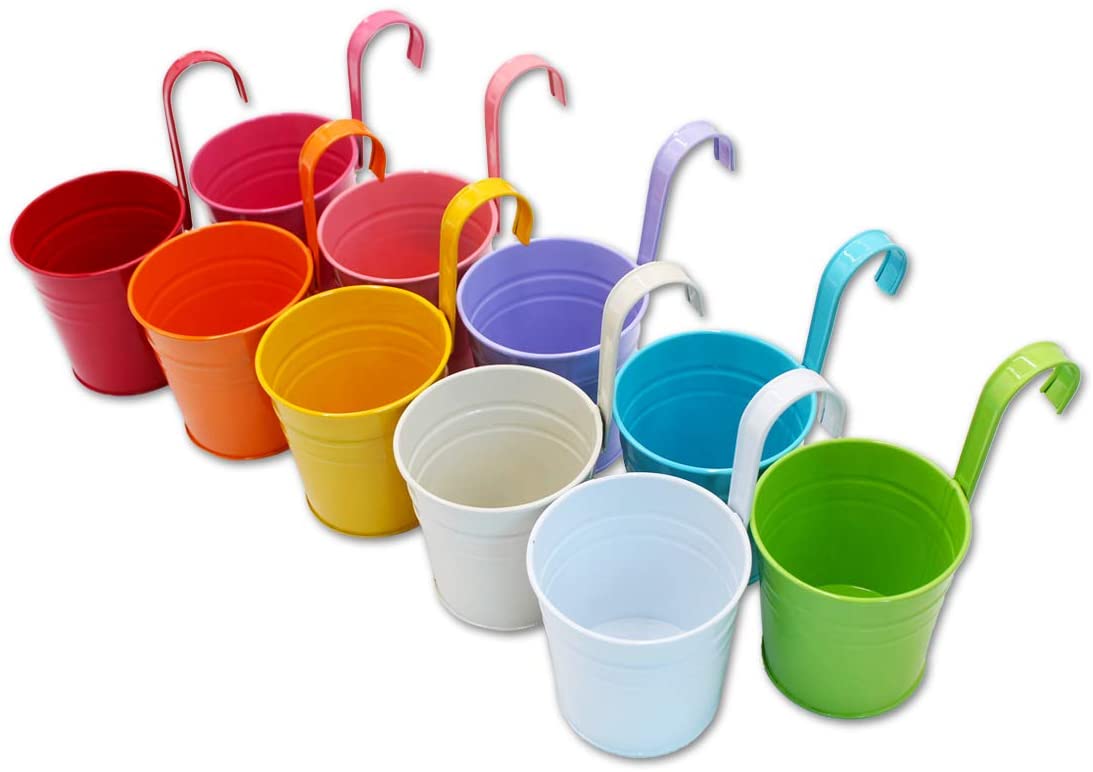


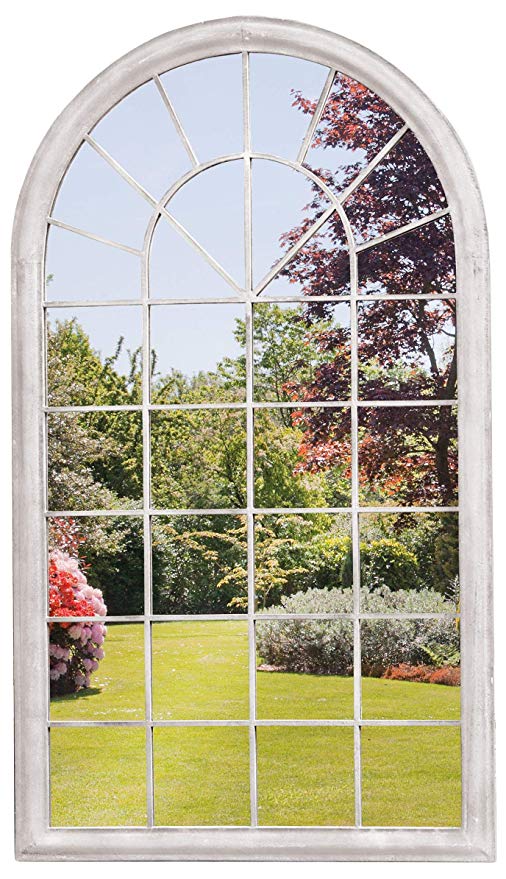


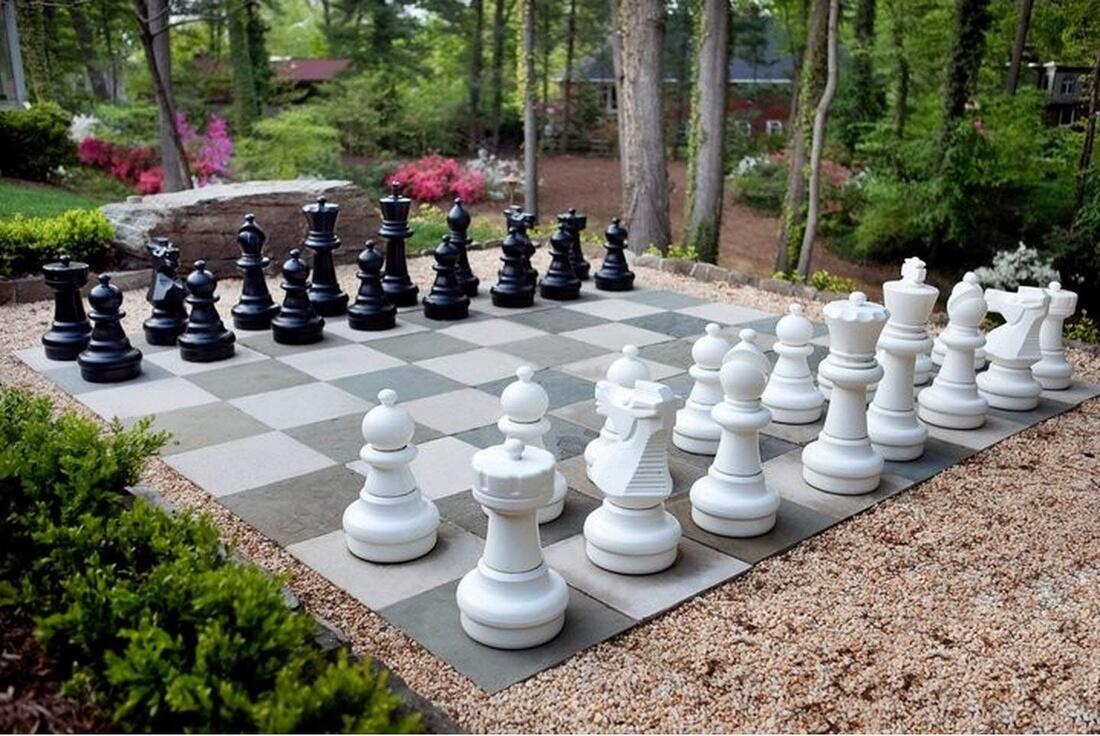


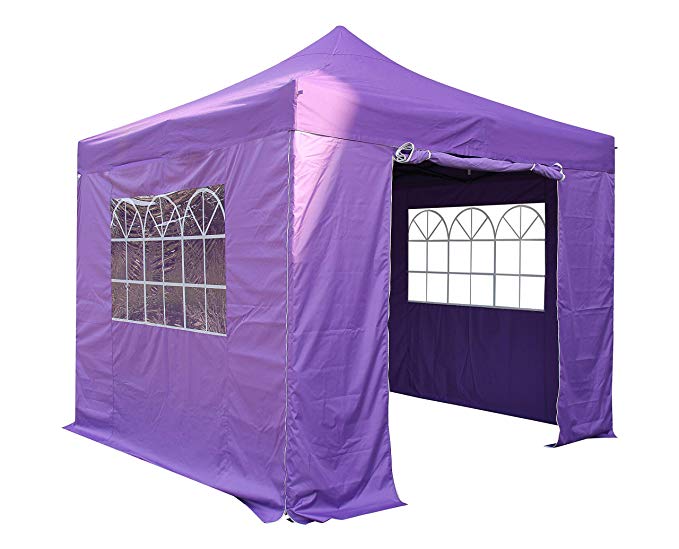





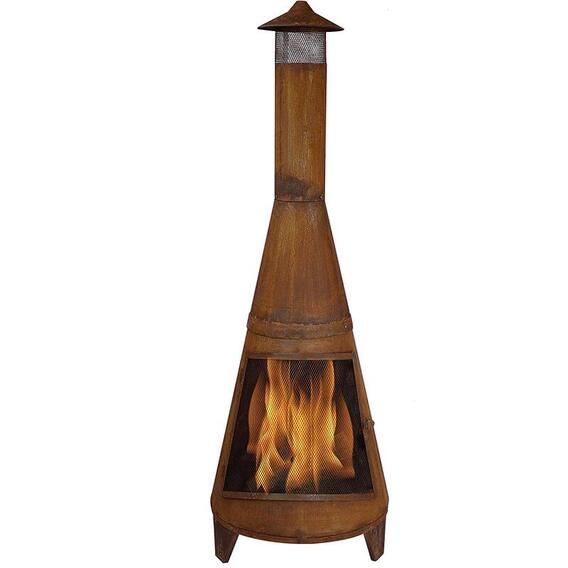


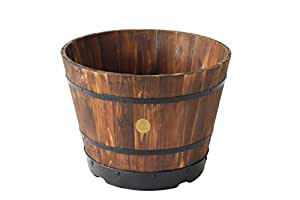
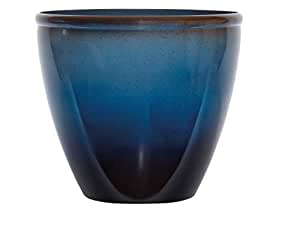
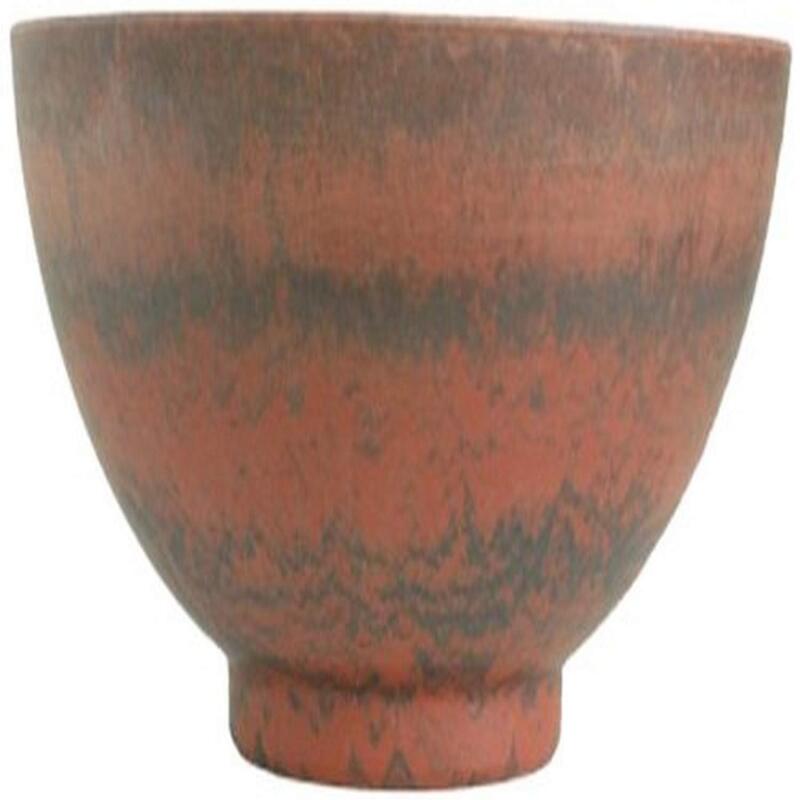
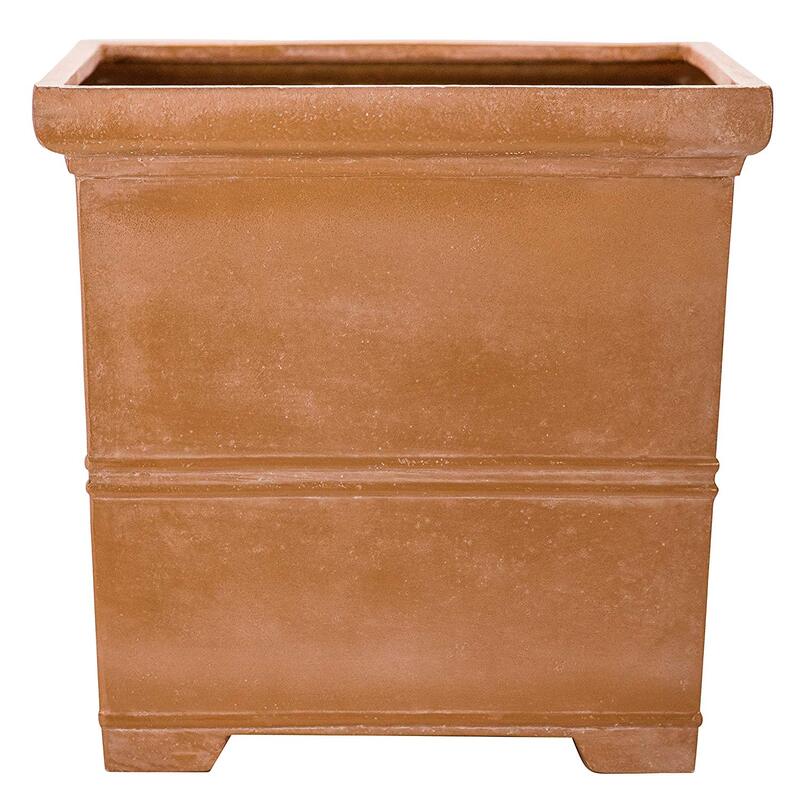
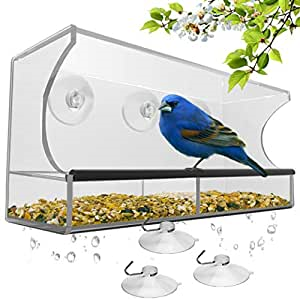
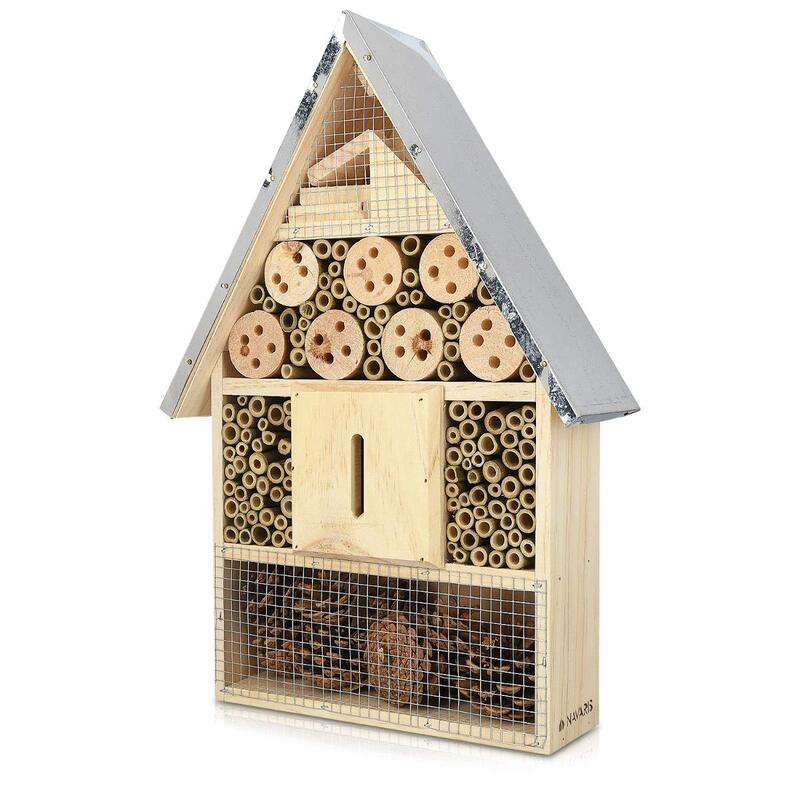


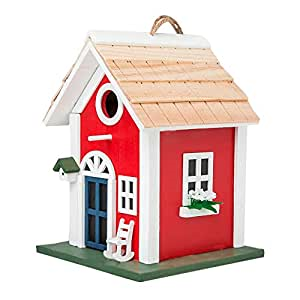


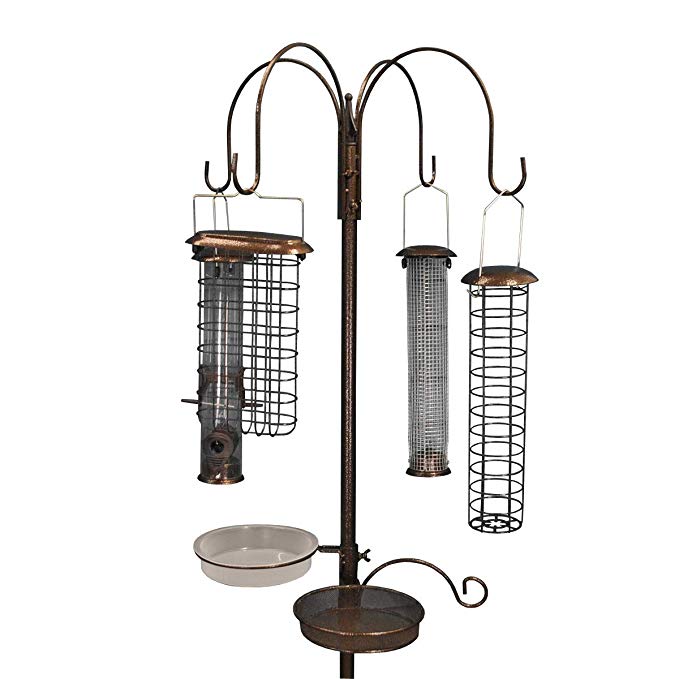


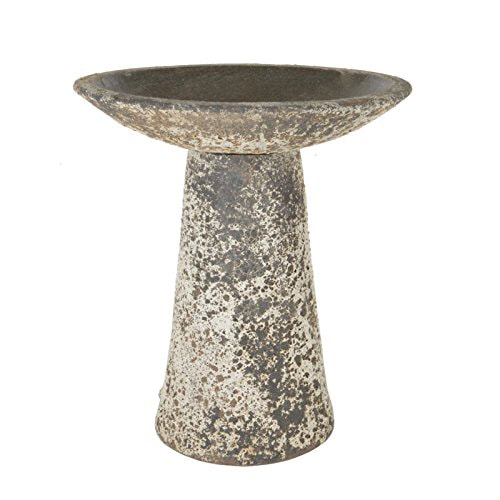


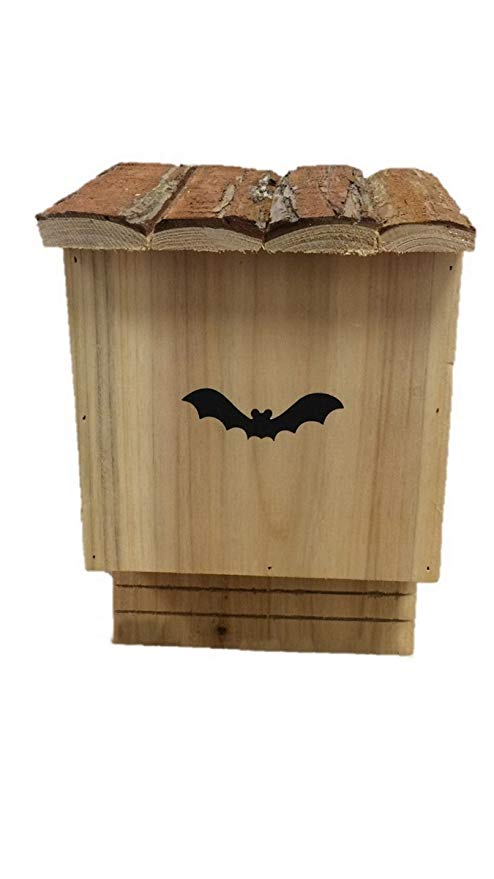


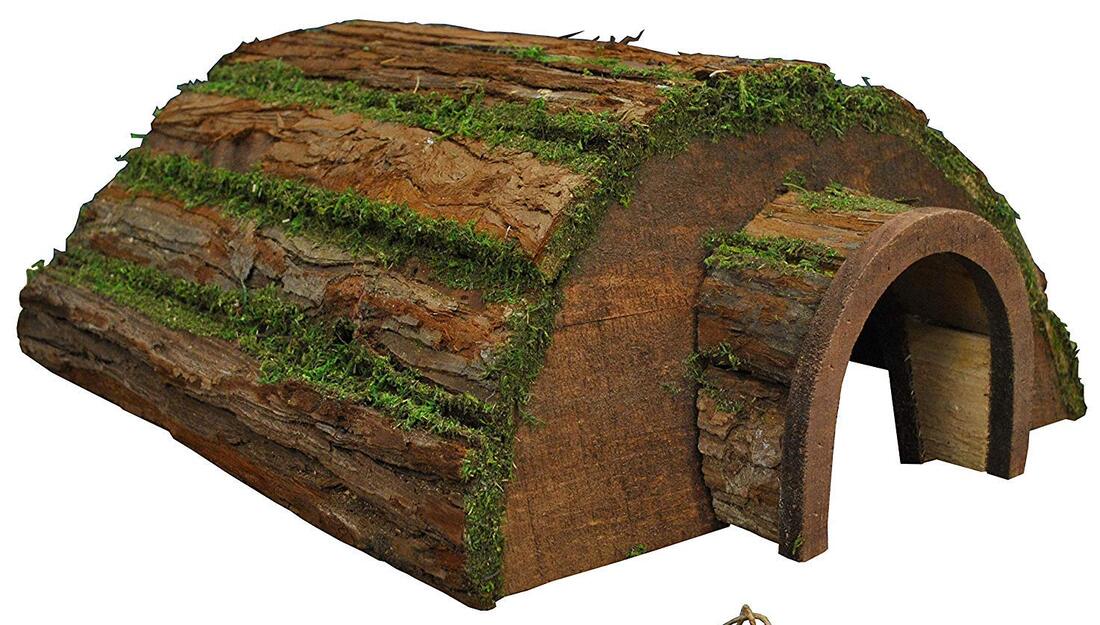


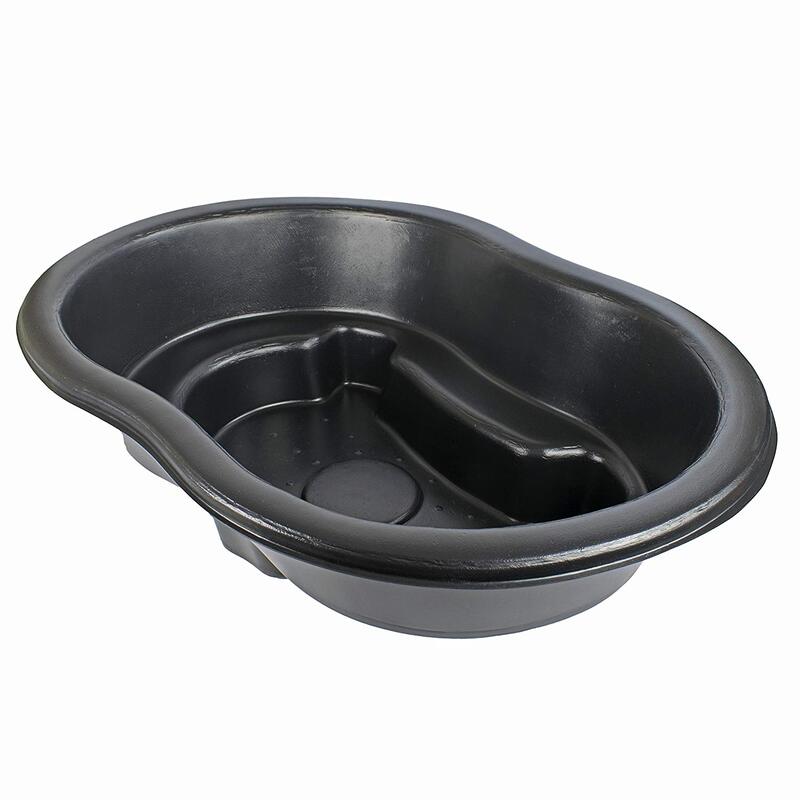


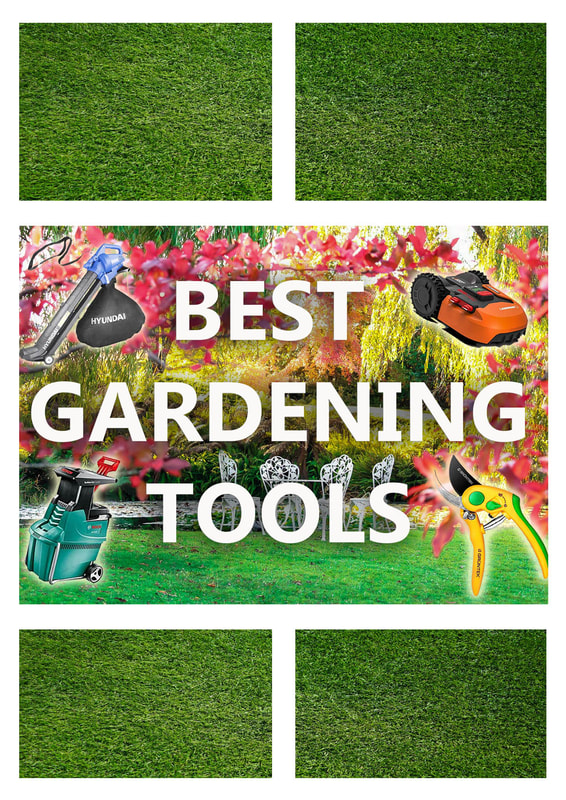
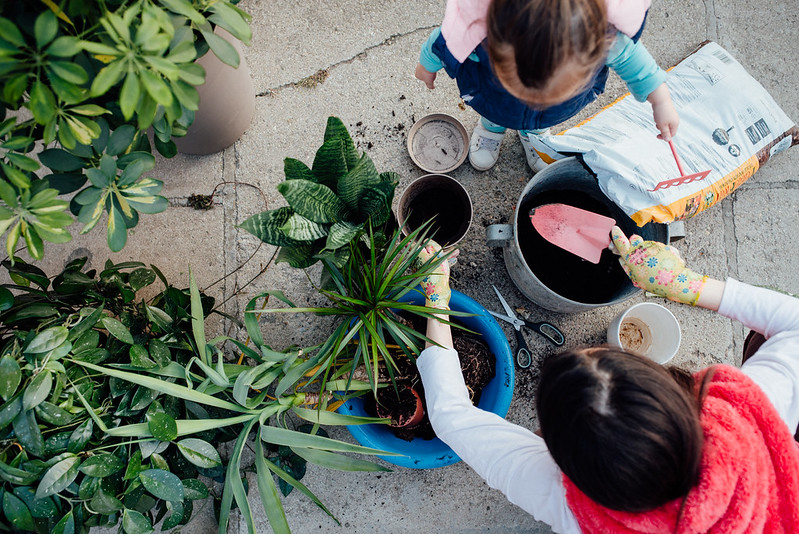
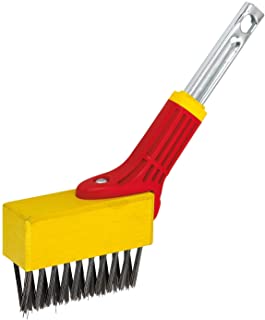


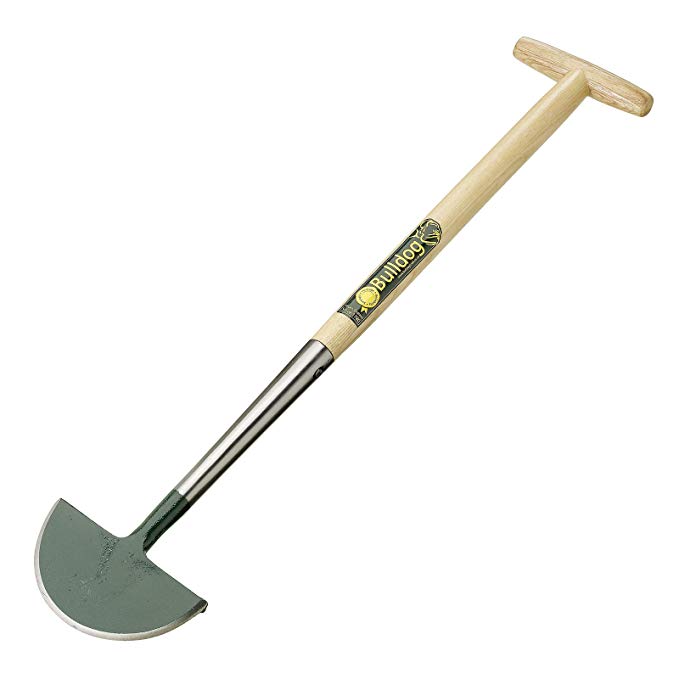


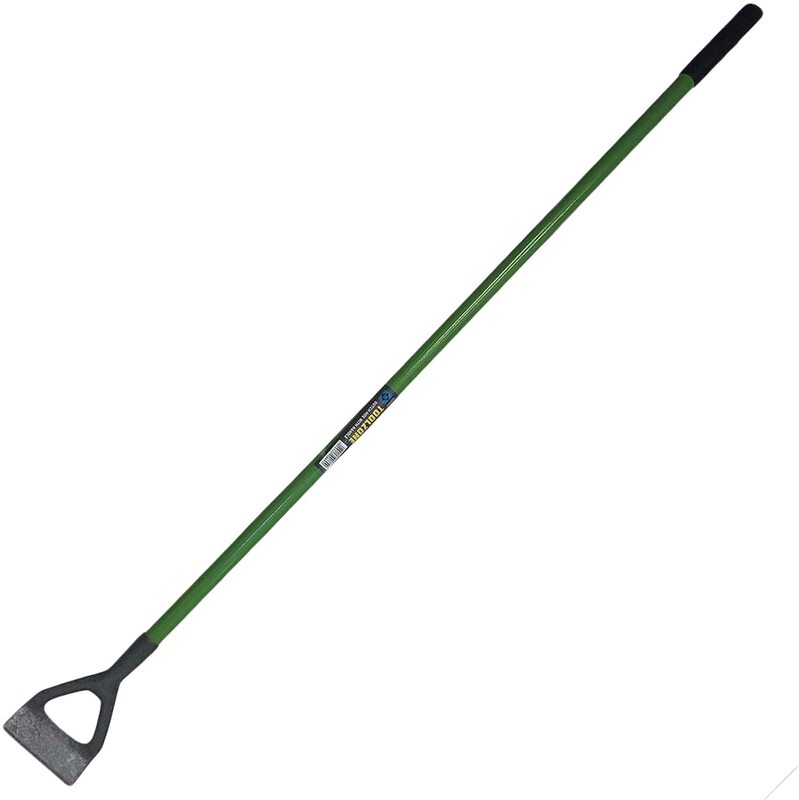


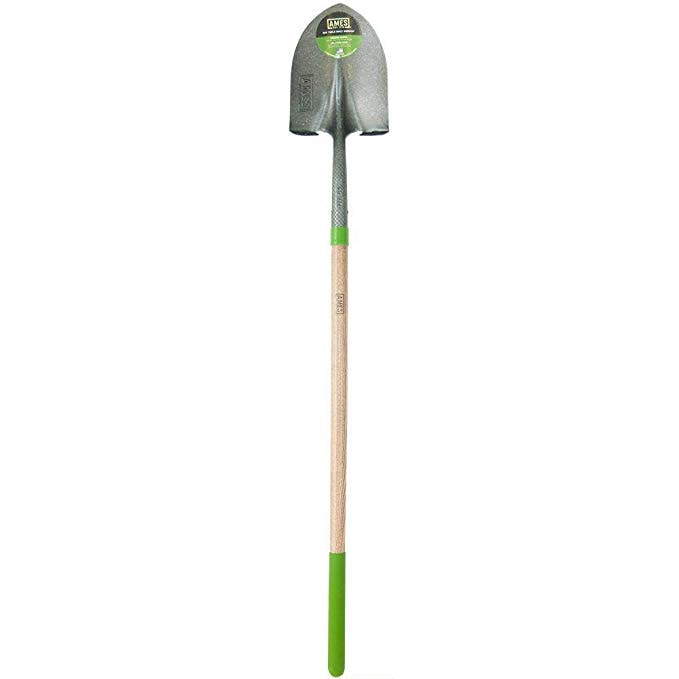


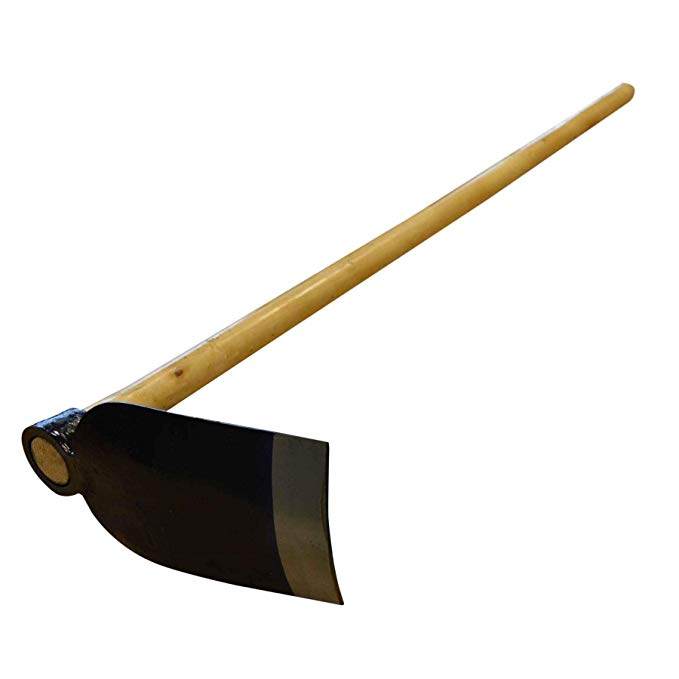


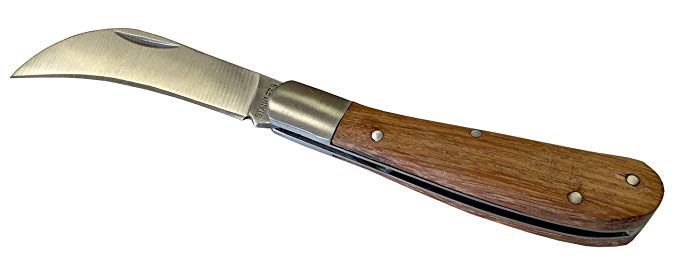





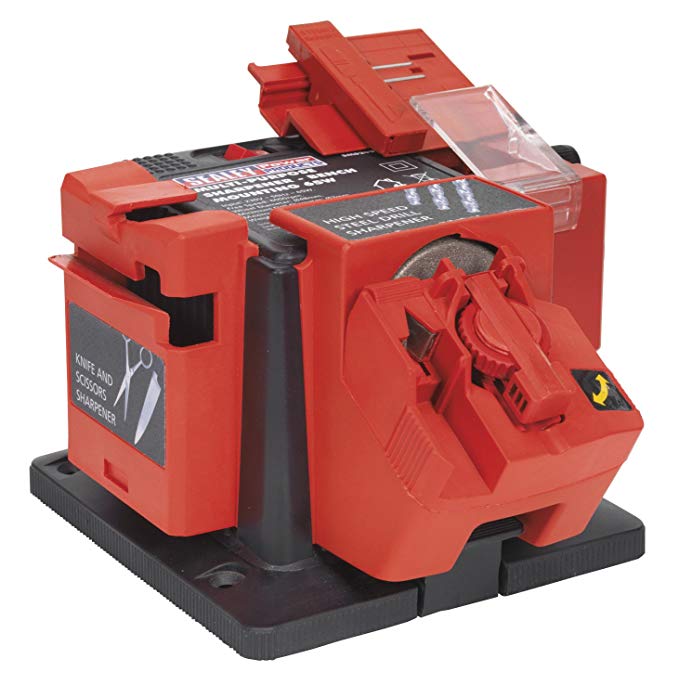


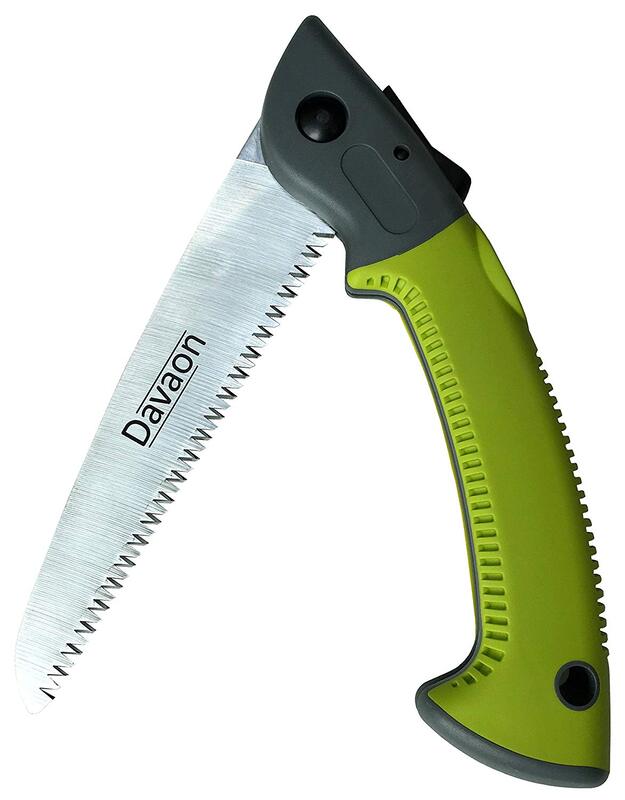


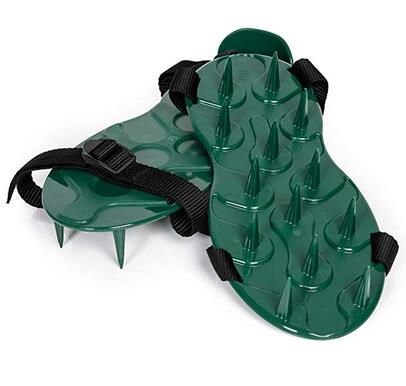


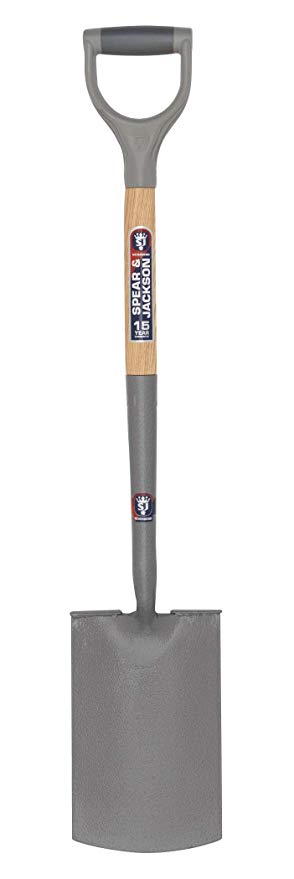


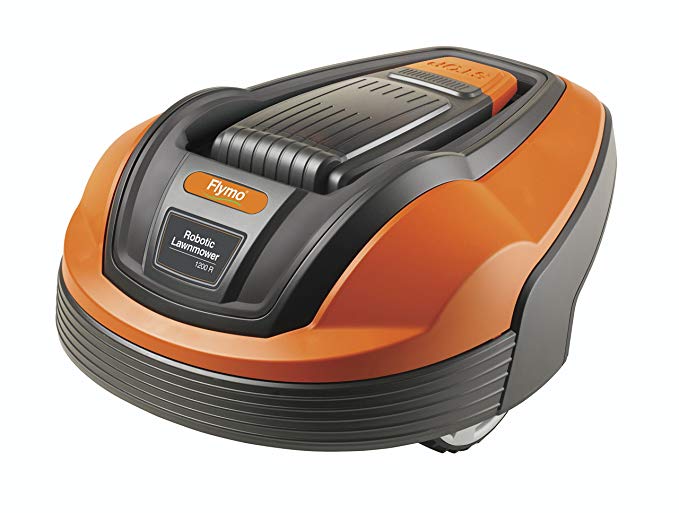


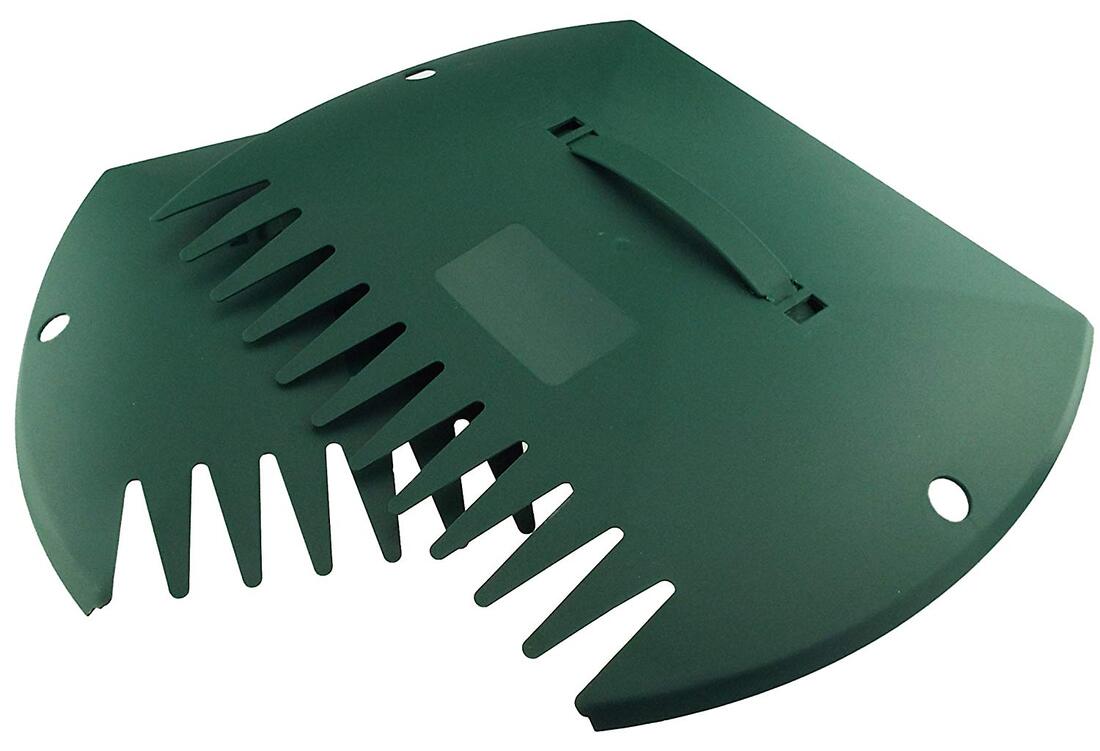


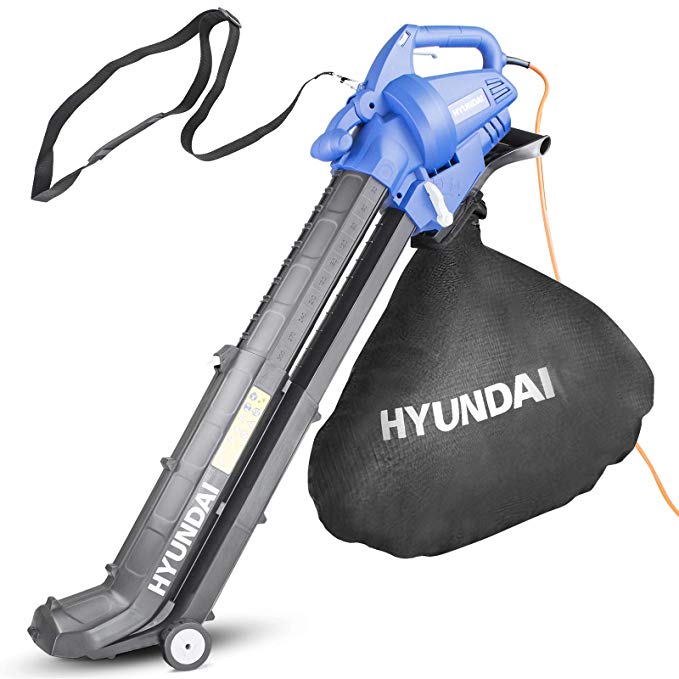


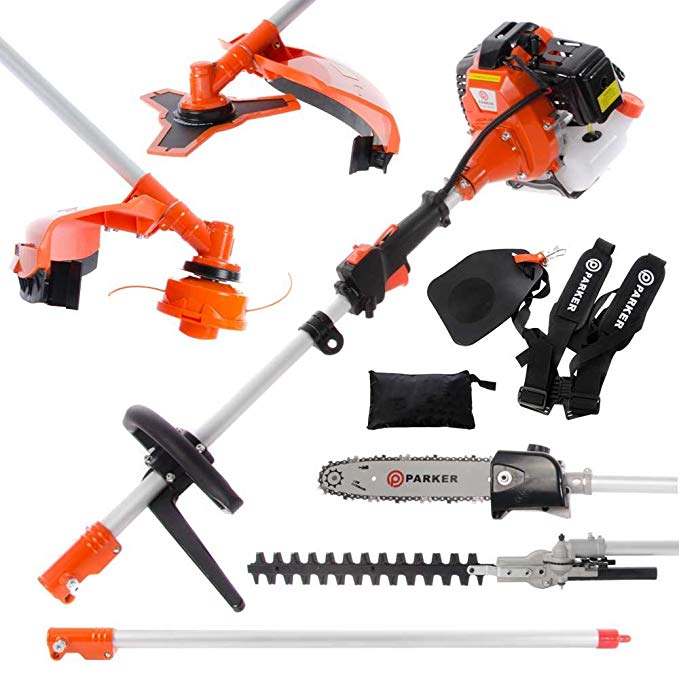


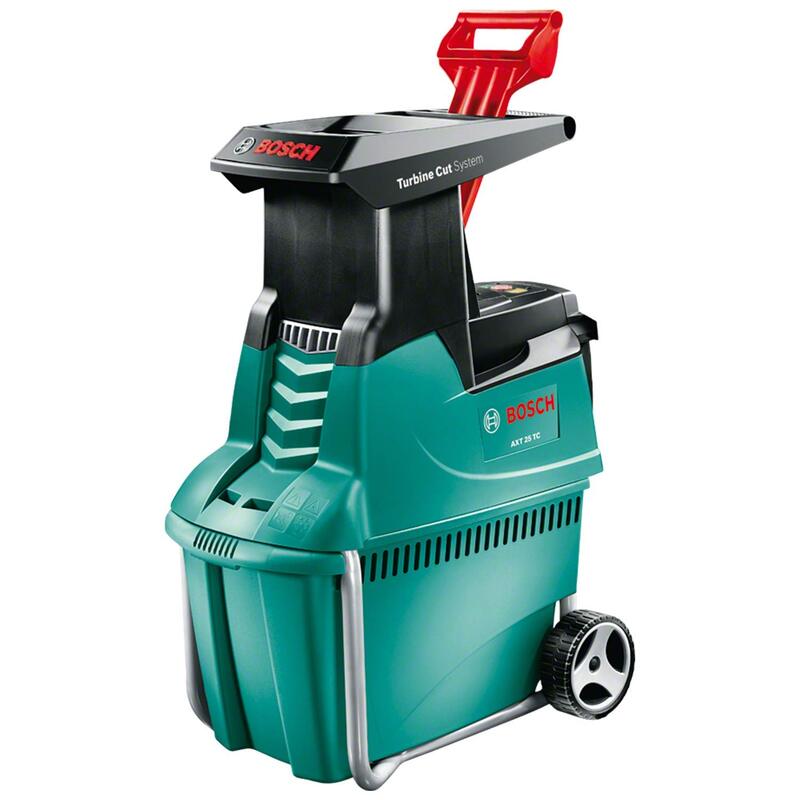


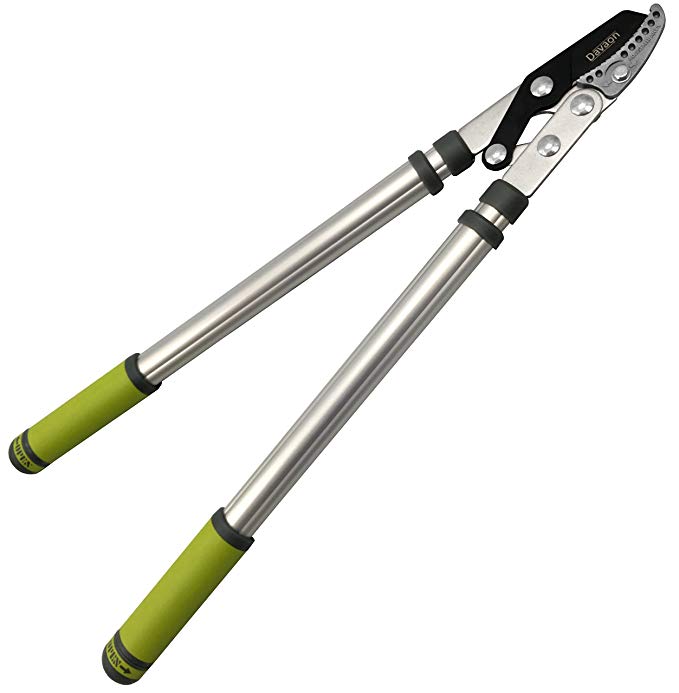


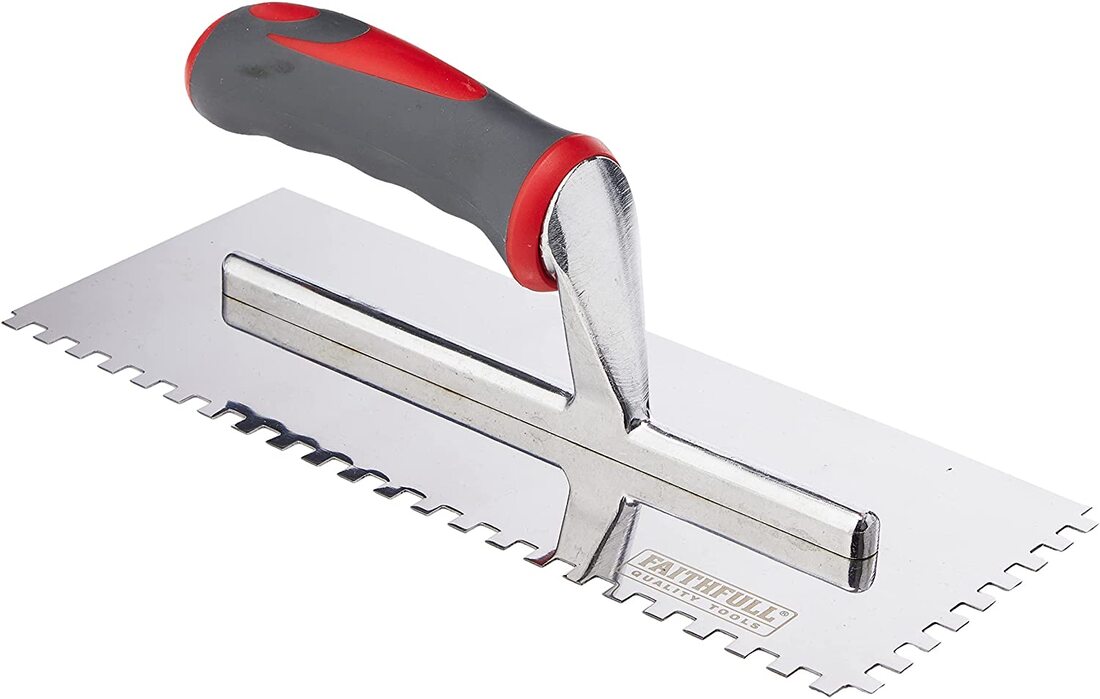


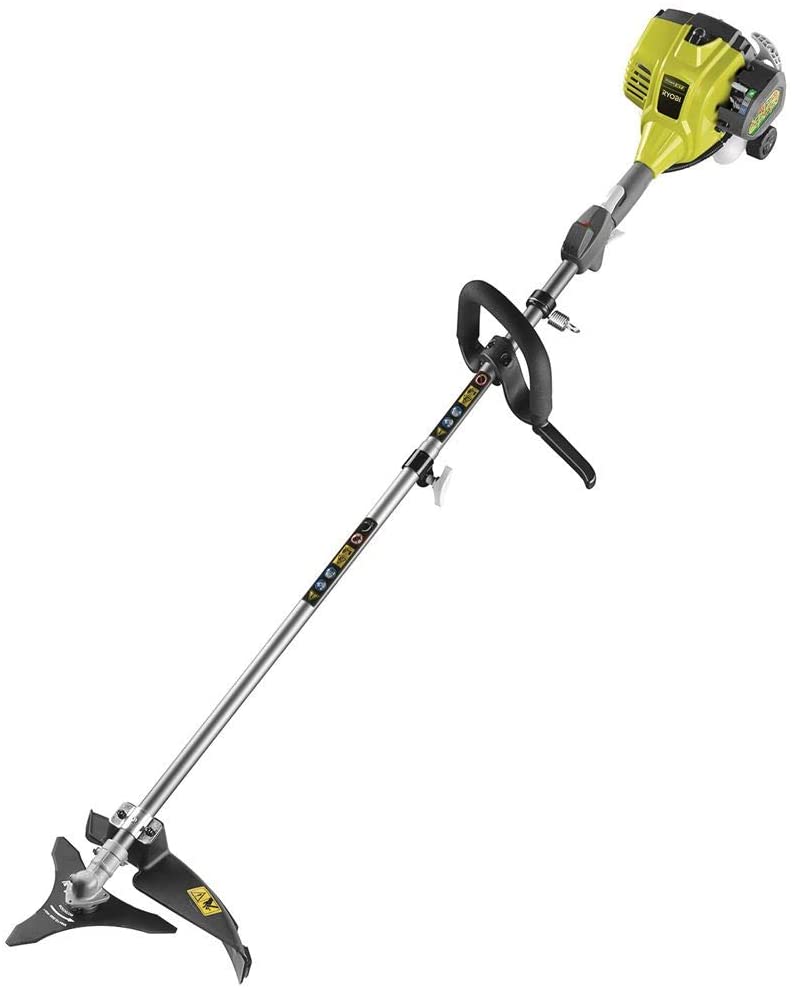





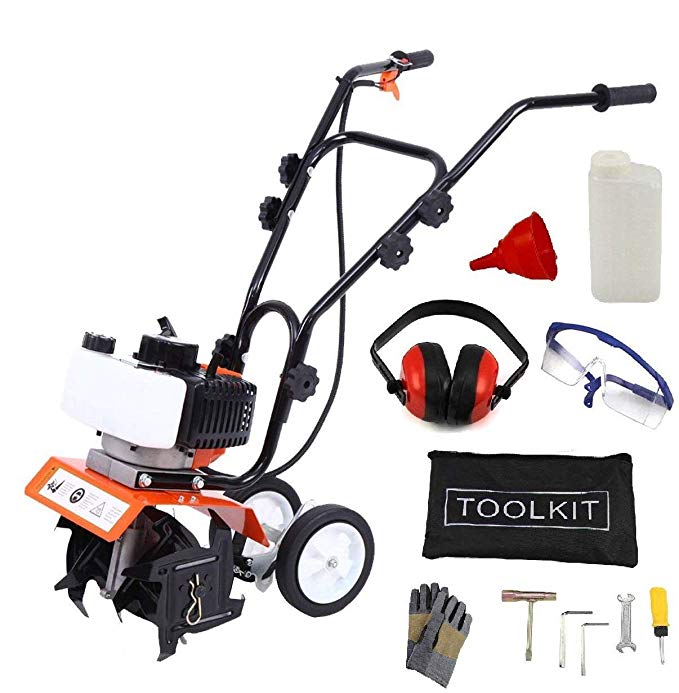


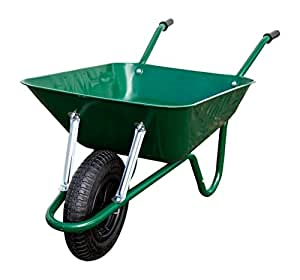


 RSS Feed
RSS Feed